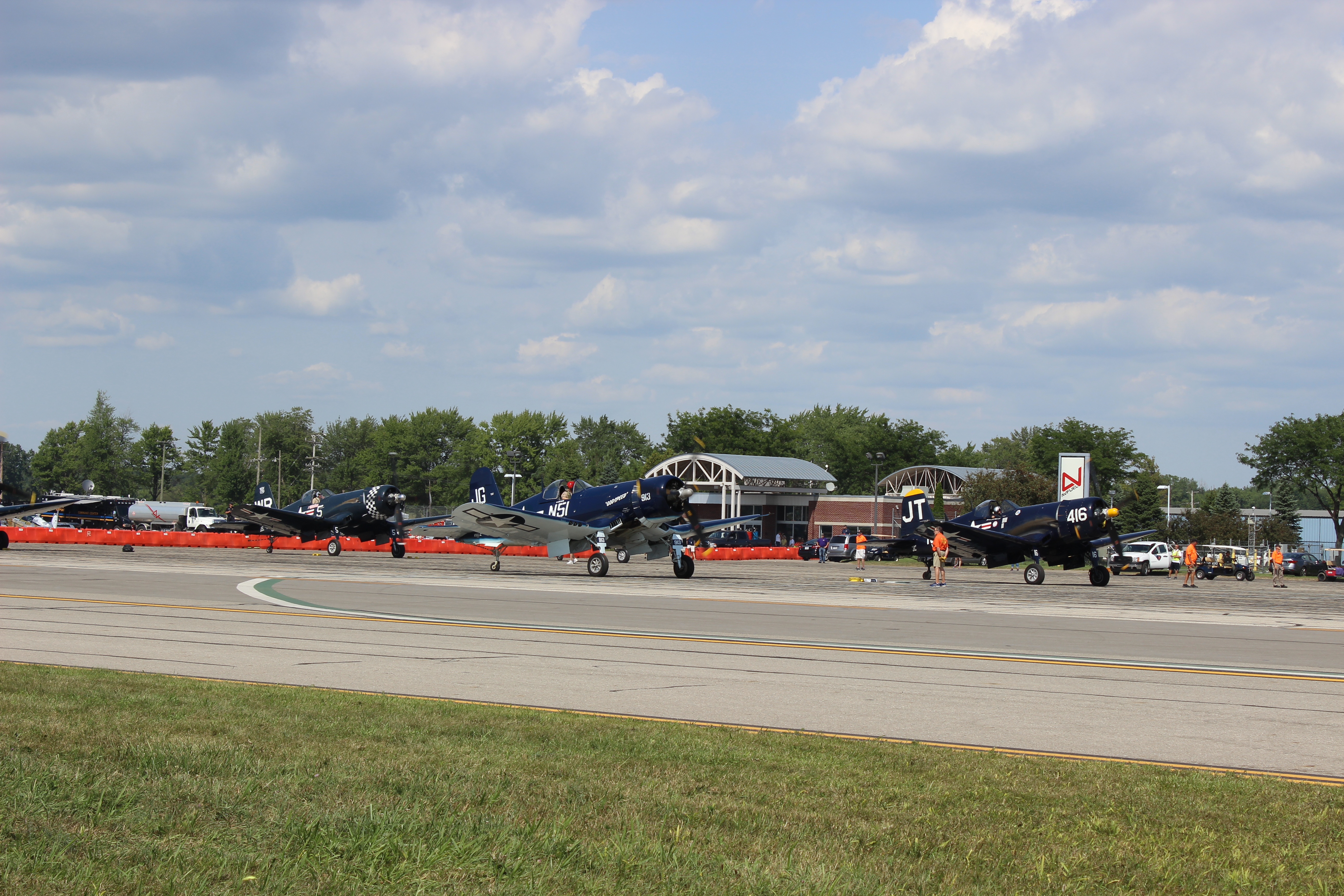
Thunder Over Michigan is my favorite air show! It’s great fun for both aviation enthusiasts and the whole family. You can get up close with airplanes and helicopters spanning the last one hundred years.
Ever year the show is put on at Willow Run Airport, near Ypsilanti, where the Ford Motor Company made B-24 bombers during World War II. Almost 7,000 B-24s were built there during the war – at the factory’s peak, they were pushing out a bomber every hour. This makes it the perfect place to display history in the air and on the tarmac. The factory is gone, but the memories remain at Willow Run thanks to the Yankee Air Museum. The Yankee Air Museum has been putting on this air show for at least twenty years. The museum has a small hangar on the airport grounds where they have a few planes and some displays. For a number of years, the museum was located in a wooden World War II airplane hanger at the airport. But tragedy struck in 2004 when the hangar caught fire and was completely destroyed. It wasn’t absolute doom and gloom, however; the volunteers and firefighters were able to push some of the airplanes out of the hangar before it was engulfed in flames. They were able to save their B-25 bomber, B-17 bomber and C-47 transport – all from World War II – and they still fly today.
I have been going on and off since 2008 and I have seen a variety of aircraft spanning the last 100 years. In addition to aircraft, almost every year there has been a World War II ground battle put on by reenactors in historic tanks. Every year, they showcase different visiting aircraft. Over the years they have had B-24s, P-47s, PBY Catalinas, B-29s, P-38s, all from World War II. They’ve also had MIG-17s, B-52s, B-1s, F-22s, V-22 Ospreys and Harrier Jump Jets from the modern age of flight. Then there are the airplanes you are almost guaranteed to see every year: B-17s, B-25s, C-47s from the Yankee Air Museum’s collection and a few P-51 Mustangs show up every year. The Blue Angels have been part of the show before. If you get a chance to see them, I recommend you take advantage of it. I have seen them twice now and I am always amazed by their abilities.
Every year they have a theme or special event featured in the show. In the past they have had themes/special shows such as probably the largest gathering of flying B-17s since World War II, Vietnam war era aircraft , World War II naval aircraft and many others. One year, I was especially eager to see a Russian MI-24 Hind helicopter (NATO and Afghanistan nemesis), but it had mechanical issues and couldn’t make it. So, if anyone involved with the airshow is reading this, please book the Hind again. Another year, they booked one of the few remaining flying World War II British Lancaster Bombers. I wasn’t able to go to that year’s show, so again, organizers, please book the Lancaster again.
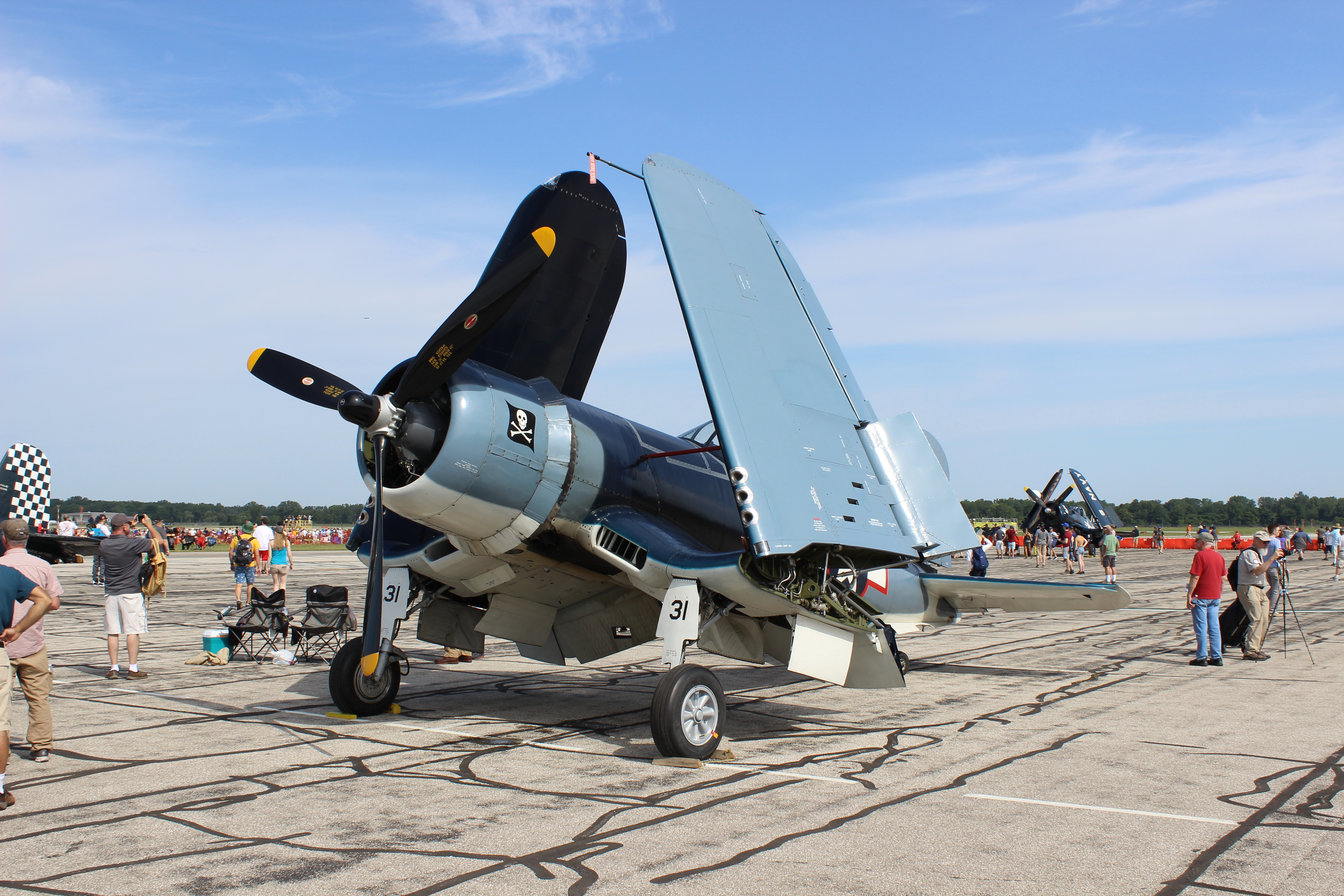
This year was the largest gathering of the F4U Corsairs since the Korean War. The Corsair was the U.S. Navy’s most successful fighter-bomber of World War II. The pilots achieved a kill ratio of 11:1 against Japanese aircraft. You might be familiar with the airplane from the 1970s TV show, Baa Baa Black Sheep or the mentor character in Disney’s Planes. The organizers hoped for 14 flying Corsairs, but because of some crashes, mechanical issues and pilot health issues, only 11 were able to attend. This was still very impressive to see because they are 70+ year-old airplanes that still fly. Seeing them fly in formation gives you an idea of what it was like in World War II. The Corsairs taxied out onto the runway as a group and took off in short order one after another until all 11 planes were airborne. They lined up in formations of three or four planes over the field. After flying in formation, the Corsairs flew single file in a continuous loop over the airfield. At the end of the aerial demonstrations, most of the Corsairs did “victory rolls” in front of centerfield. Then after the aerial demonstrations, the Corsairs lined up together on the tarmac in rows of four planes, engines still roaring, and in unison they all folded their wings up. The scene to me seemed like what it must have been like on a U.S. aircraft carrier before a combat mission in the Pacific during World War II.
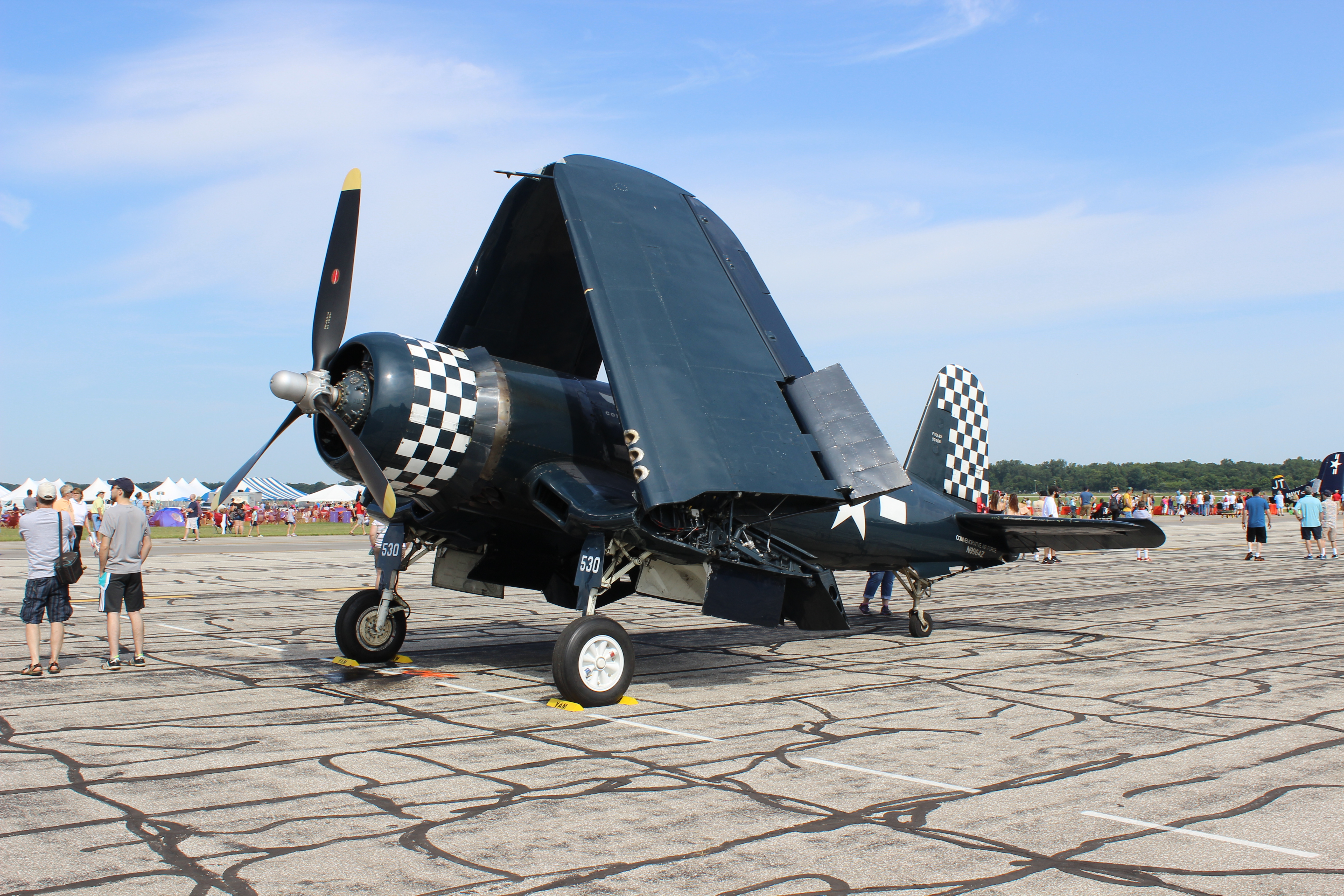
A unique spectacle that I have seen a few times is a “heritage flight.” That’s where a modern fighter jet flies in close formation with a World War II plane. This year’s heritage flight featured an F-16 jet flying with two P-51 Mustangs with D-Day invasion stripes. As the planes flew over, I could barely hear the jet but could most definitely hear the piston-driven engines of the P-51s. This is because the F-16 is flying really slow to stay near the P-51s and the P-51s are going at a higher speed to keep pace with the jets. Earlier in the show, the F-16 flew by at over 700 miles per hour. It has a top speed of 1500 miles per hour. It’s nice to see history fly with the present.
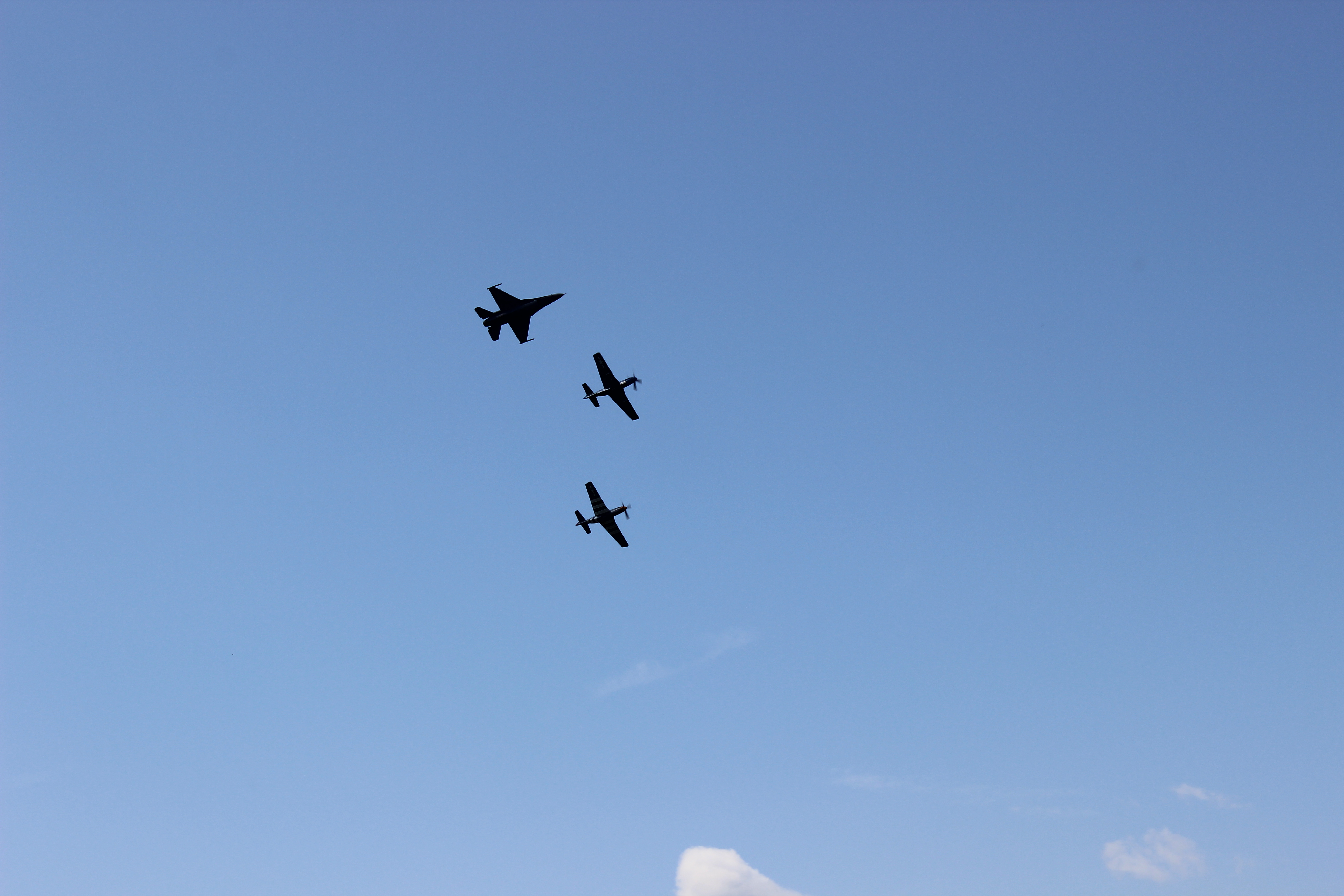
The show also featured a demonstration of the newest variation of the C-130 Hercules transport plane, flown by the Royal Canadian Air Force. I was impressed by how fast and maneuverable the large transport plane was. At the end of the flight, the Canadian Air Force demonstrated the plane’s short runway landing capability. The C-130 came in with its nose on a high angle and reversed the propellers’ direction and angle, pushing back on the plane.
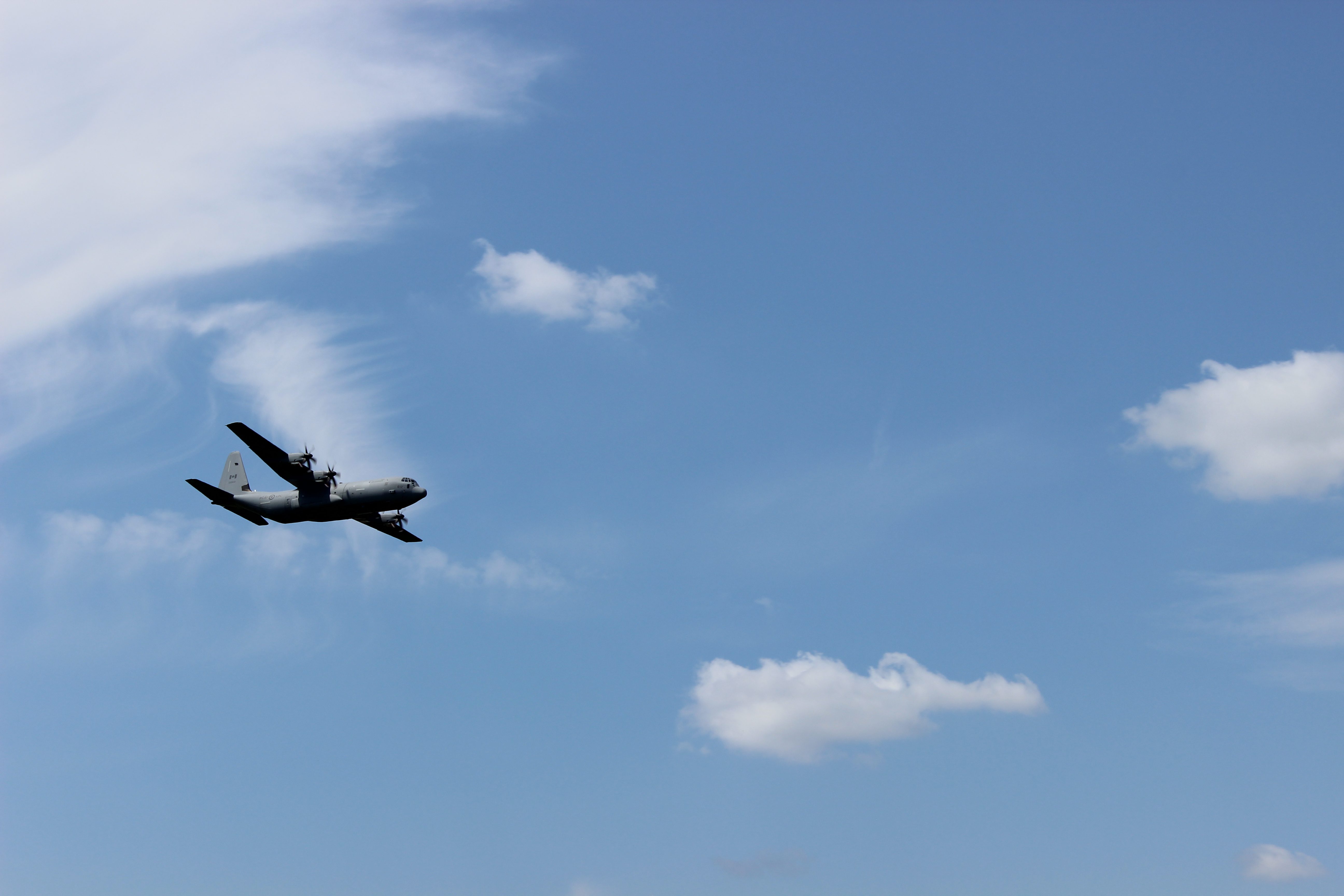
The F-16 did get center stage by itself showing off its speed and maneuverability. The plane could go shooting almost straight up in a flash, but what impressed me most was how the pilot made 90-degree rotations of the plane, like it was snapping into each angle very mechanically, not fluid as you would expect. I believe this is a very hard maneuver that takes a lot of skill. The pilot also slowed the aircraft way down with the front end in the air – just like popping a wheelie on a bike. All in all, the F-16 is a very capable aircraft.
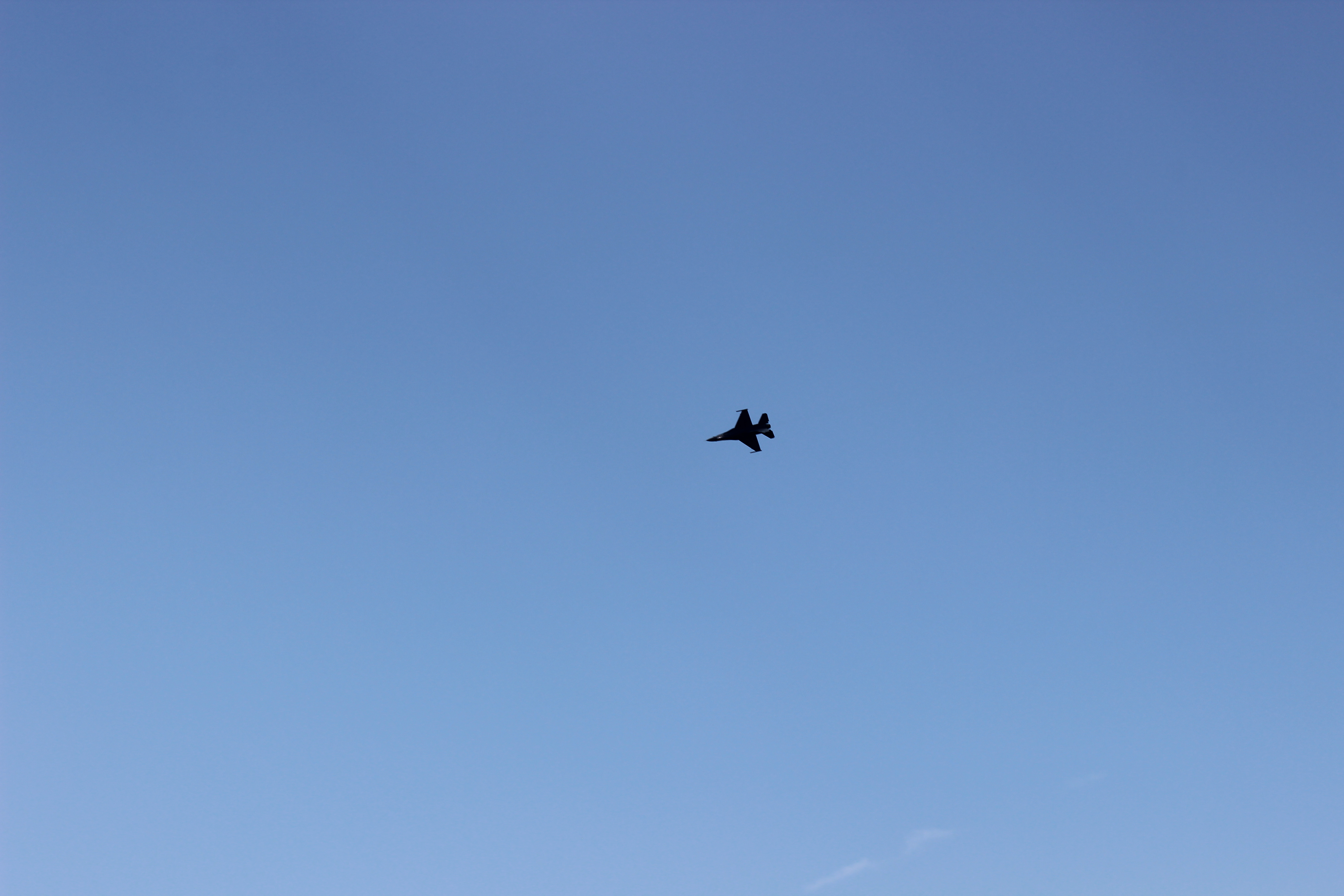
The show also featured a flyby of two F-15s. They didn’t land at Willow Run because the runway isn’t long enough for them. But they did a pass by center field and then continued on to Selfridge Air National Guard Base.
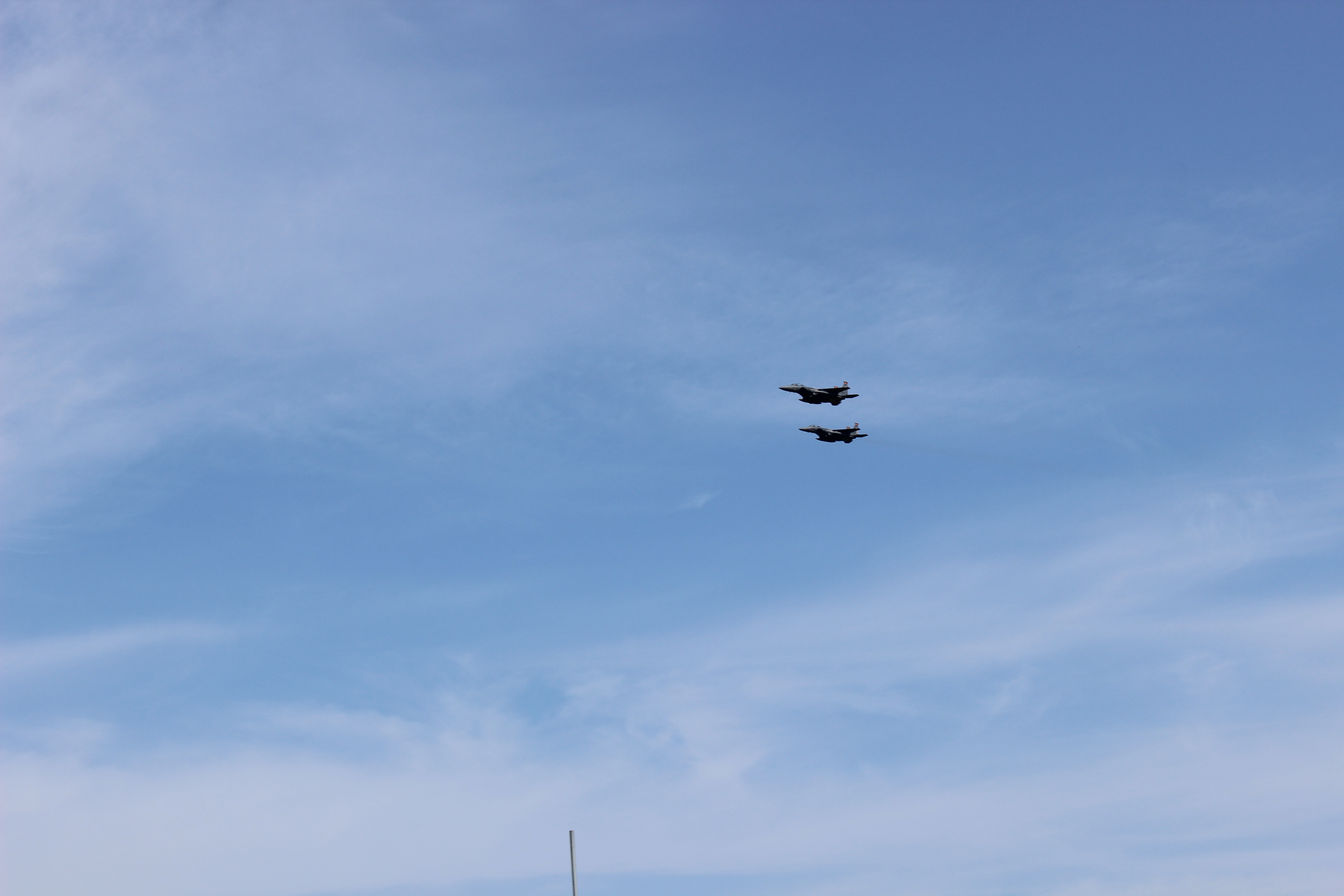
I also enjoyed seeing an A-10 fly. The plane was designed to stop a Soviet tank invasion of Western Europe during the Cold War. That never happened, but the A-10 demonstrated its power against the Iraqi military in the Gulf War. The plane was designed around a 30mm rotary cannon. This cannon rains down uranium tipped rounds the size of wine bottles. My friends and I were hoping to see a firing demonstration of this beast, even just shooting blanks (I don’t think they make blanks for this weapon, why would they?) but that didn’t happen. One can hope, right?

I really enjoyed this year’s Thunder Over Michigan air show as I have in the past, but I have just one concern: price. Ticket prices are $35 per person, months in advance, $40 per person a few weeks in advance and $45 per person at the gate. Don’t forget parking, $15 per car in advance and $20 at the gate. Food prices are what you would see at a professional sporting event. So, between all those things, I spent over $80 just for myself. The good news, though, is kids under 15 are free. But even then, taking the family for the afternoon can be a big expense. I understand fuel for the planes is costly and the Yankee Air Museum is trying to open a new building, but damn, it’s expensive!
What’s your favorite part of Thunder Over Michigan?
Check out my website for Michigan beach ratings, adventures and events.
Want more? Check out my video from the 2010 Thunder Over Michigan:
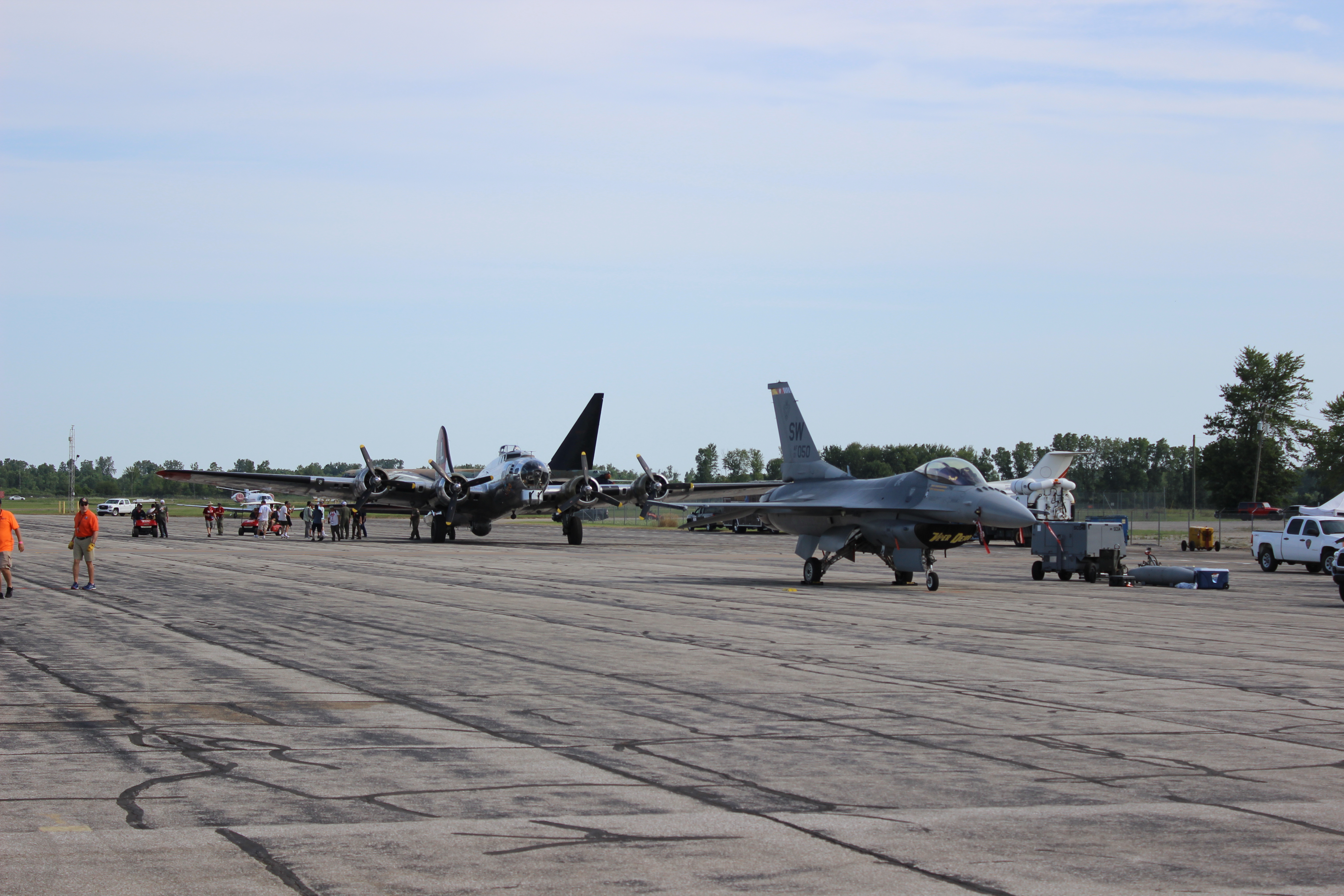
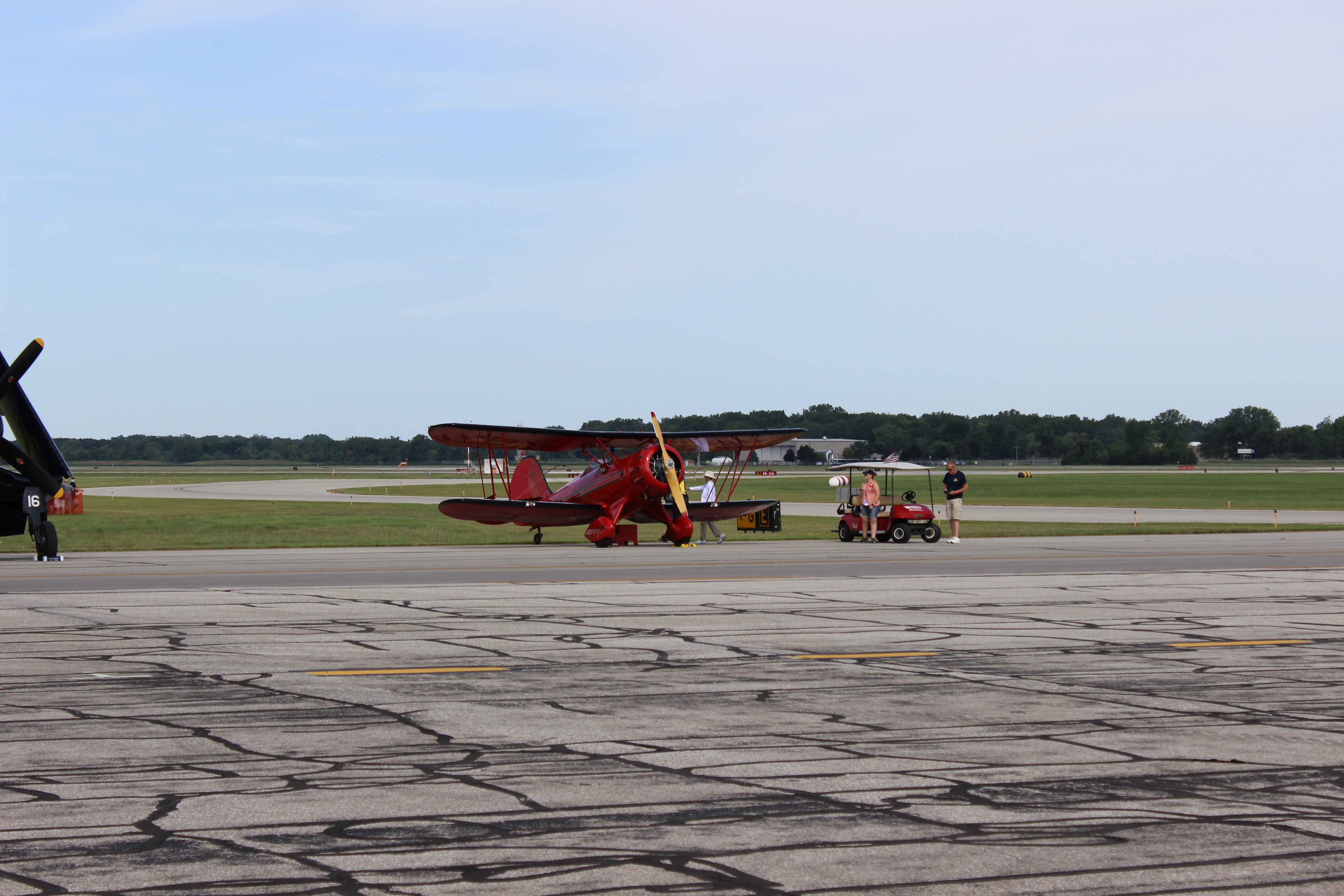
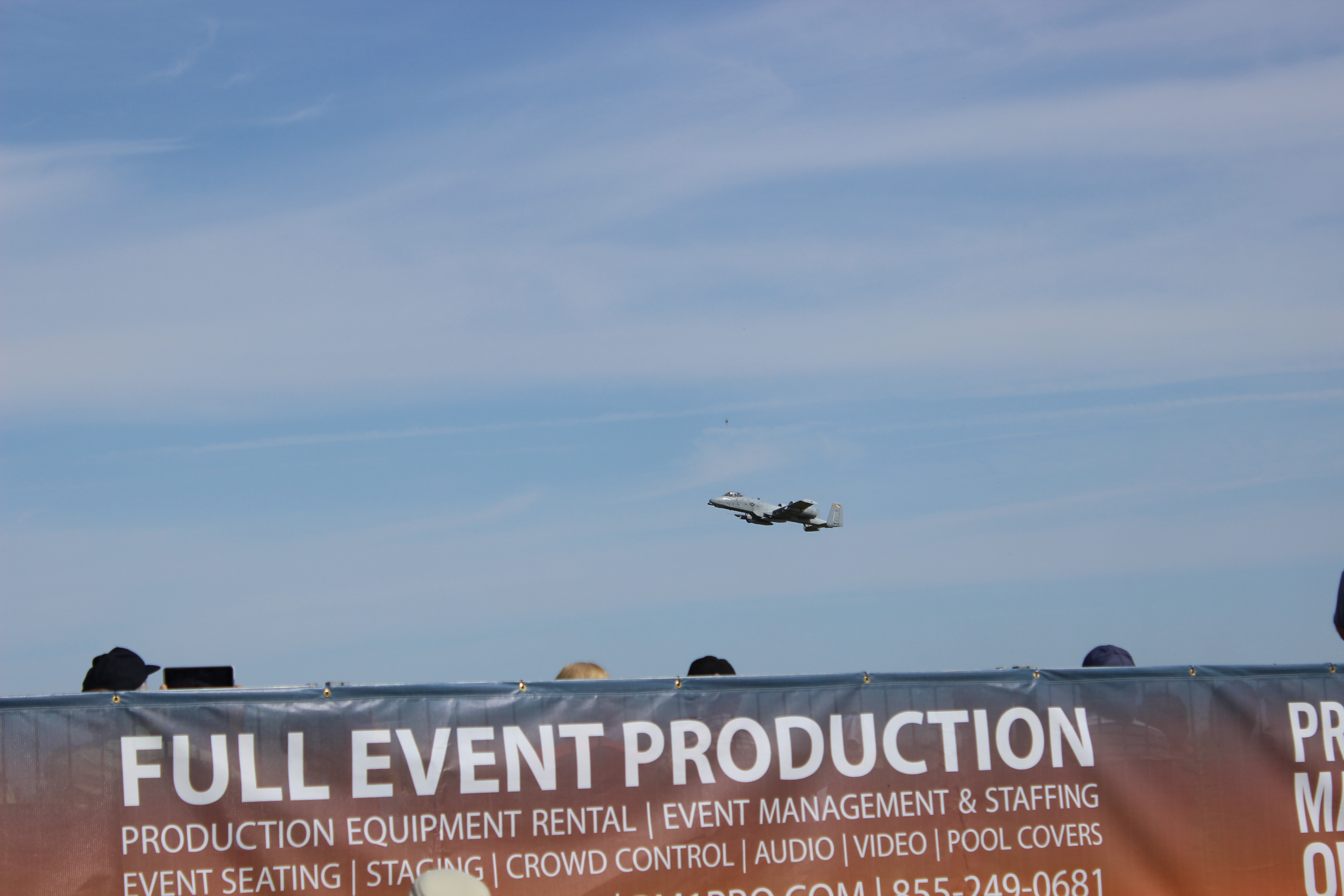
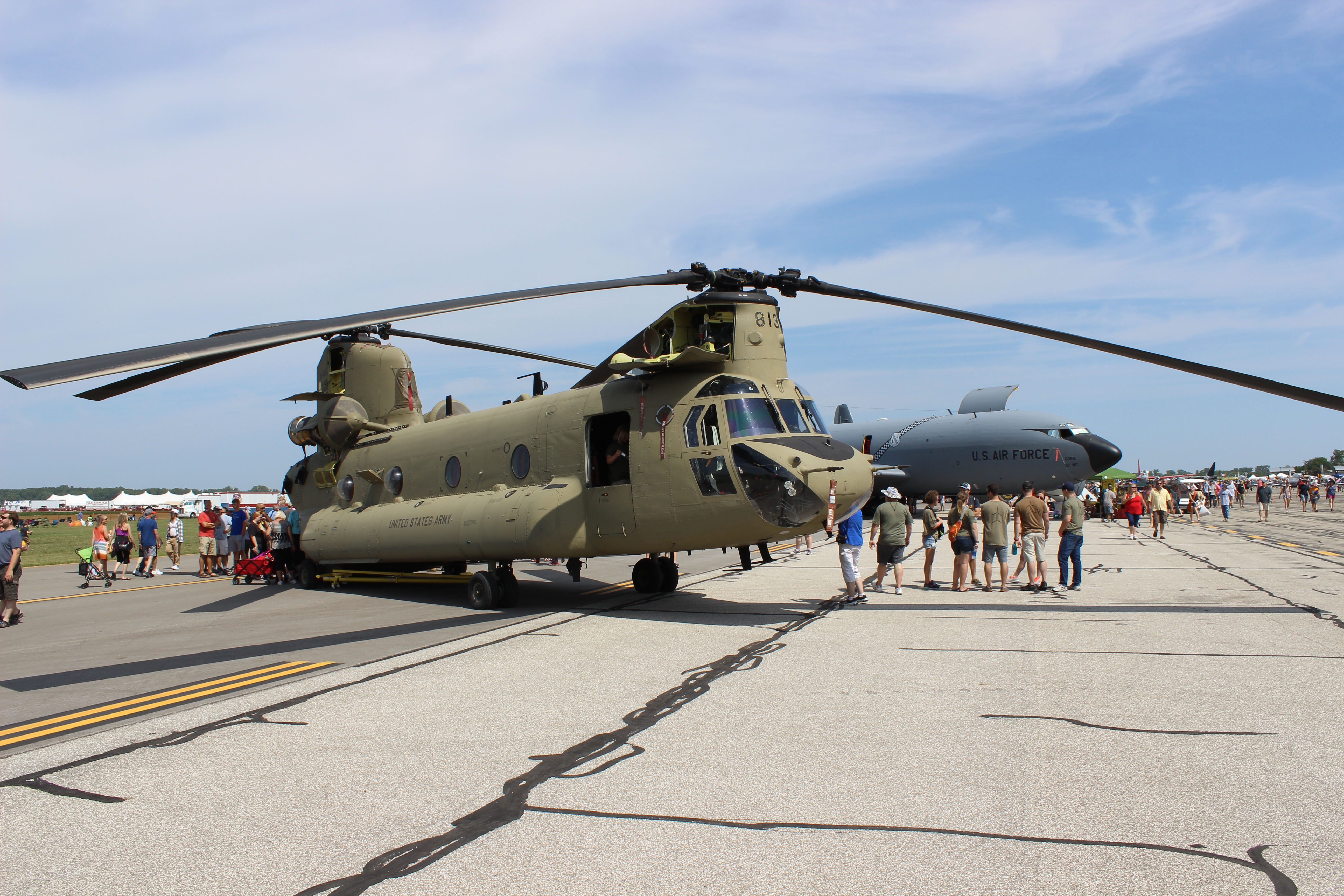
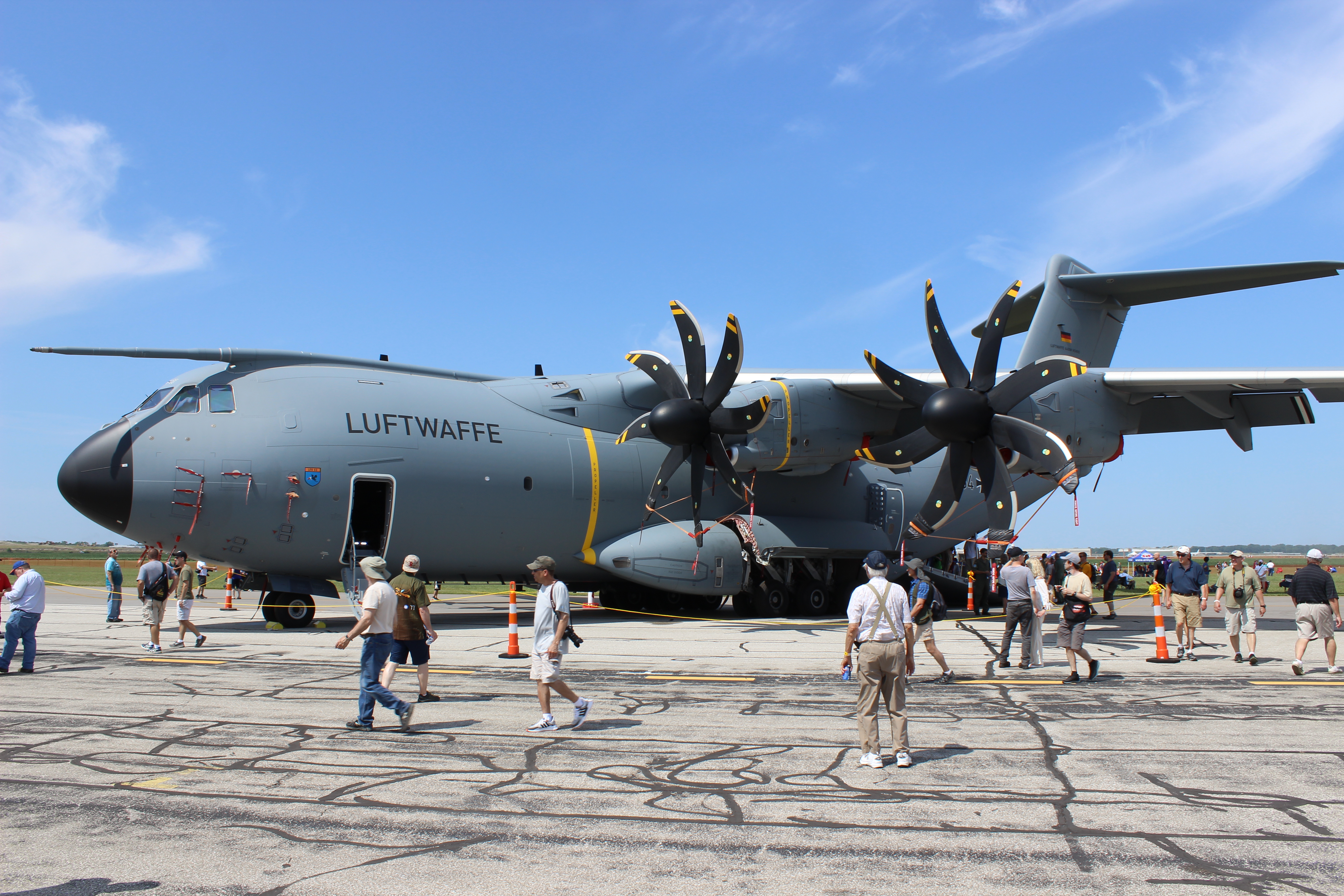
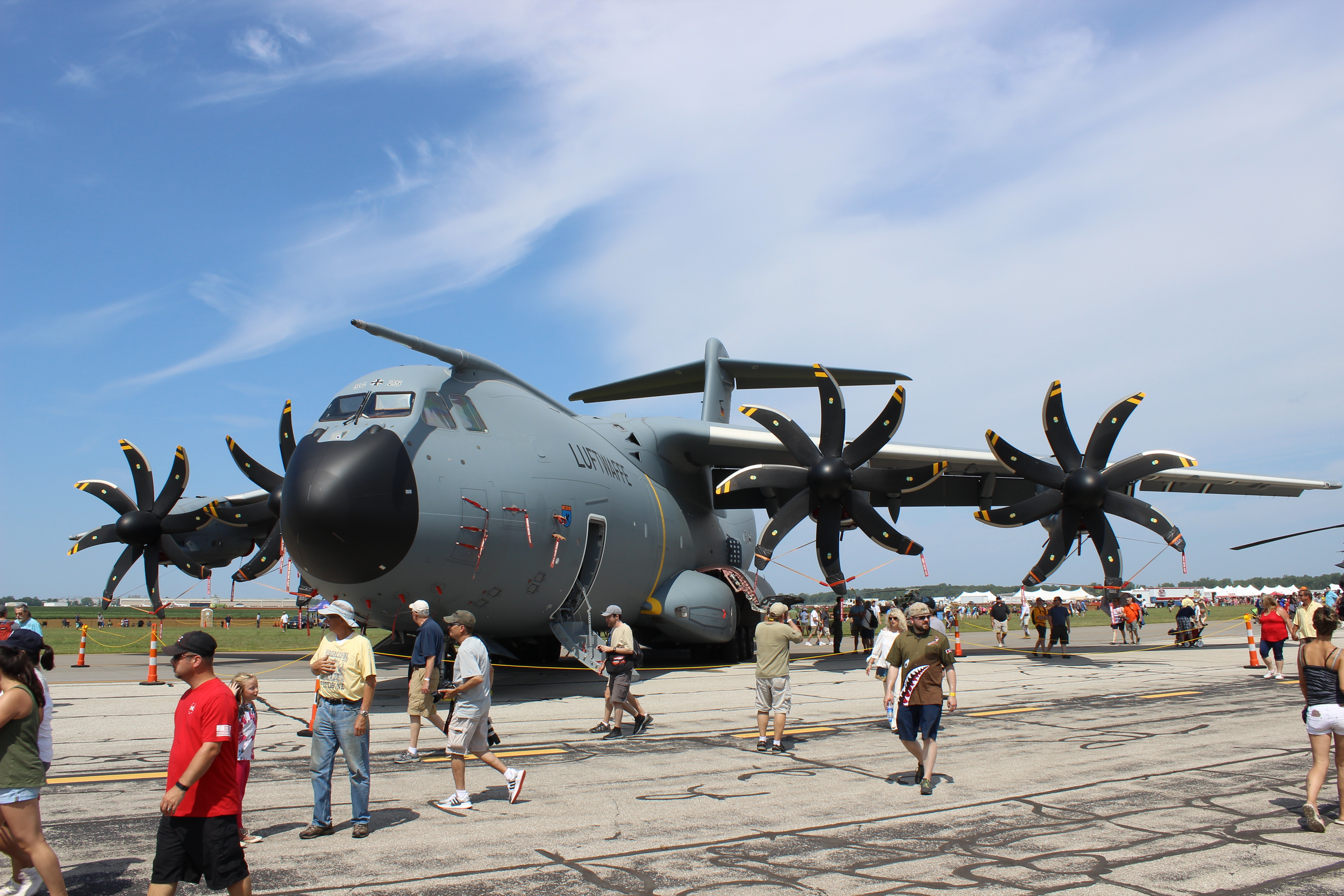
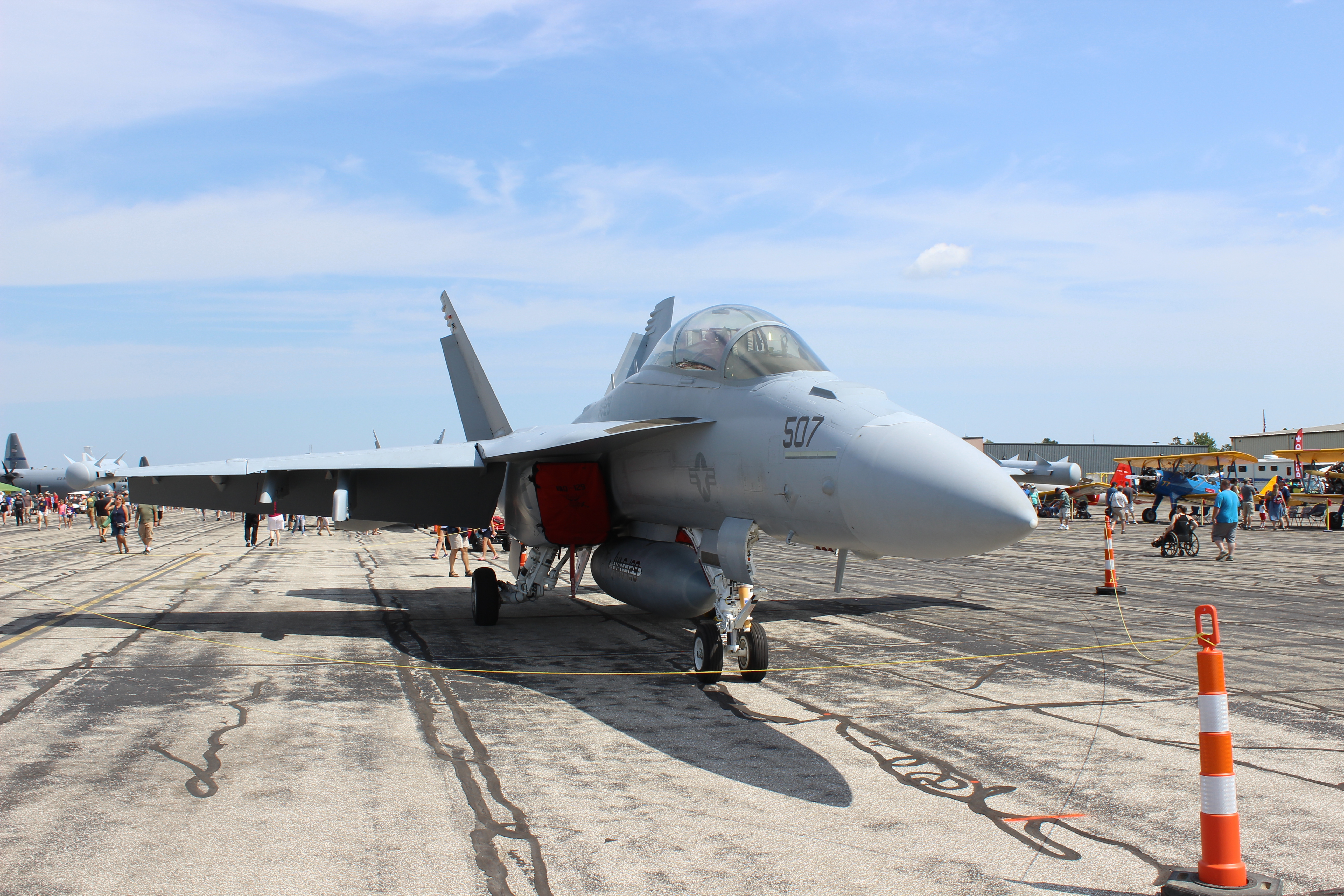
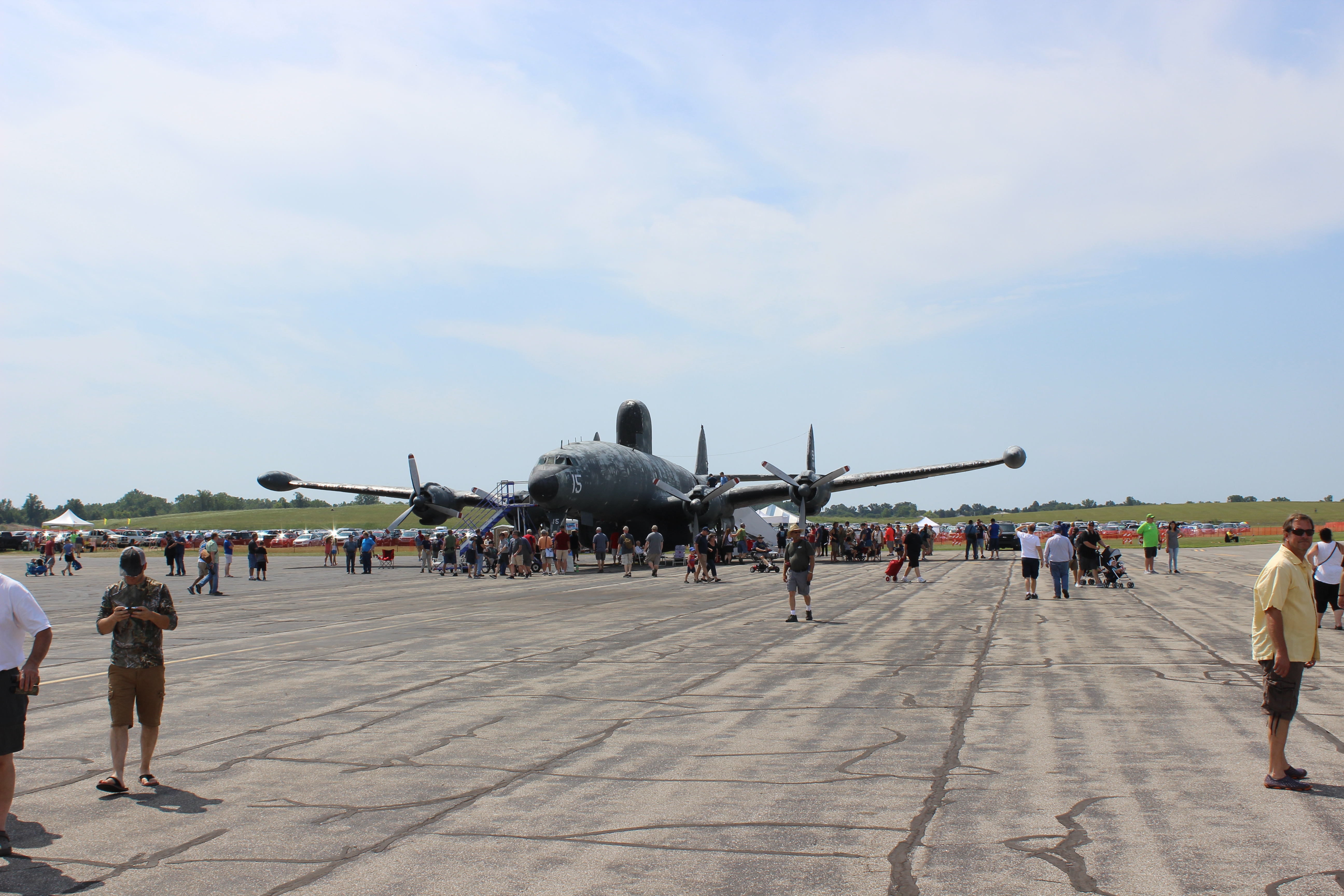
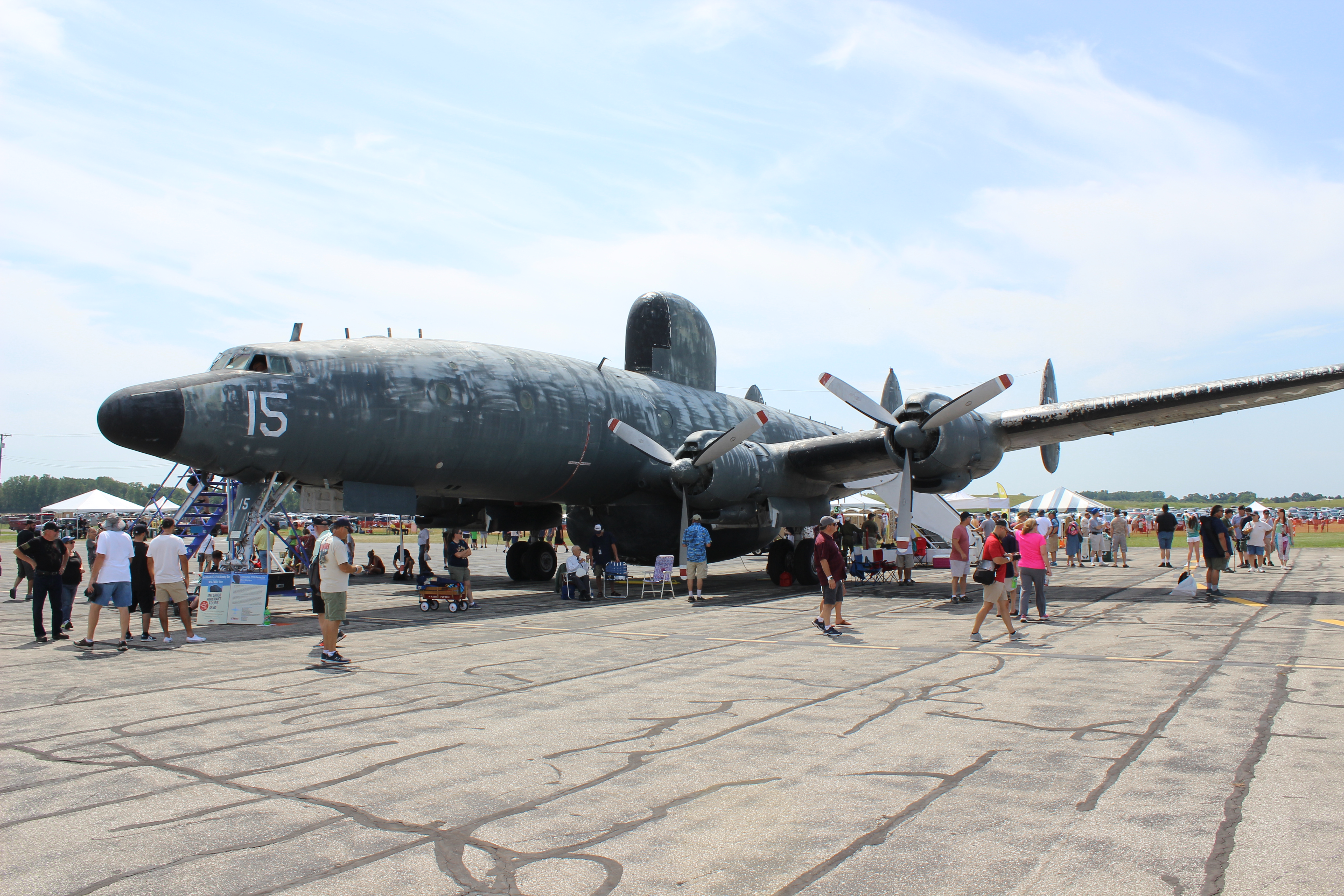
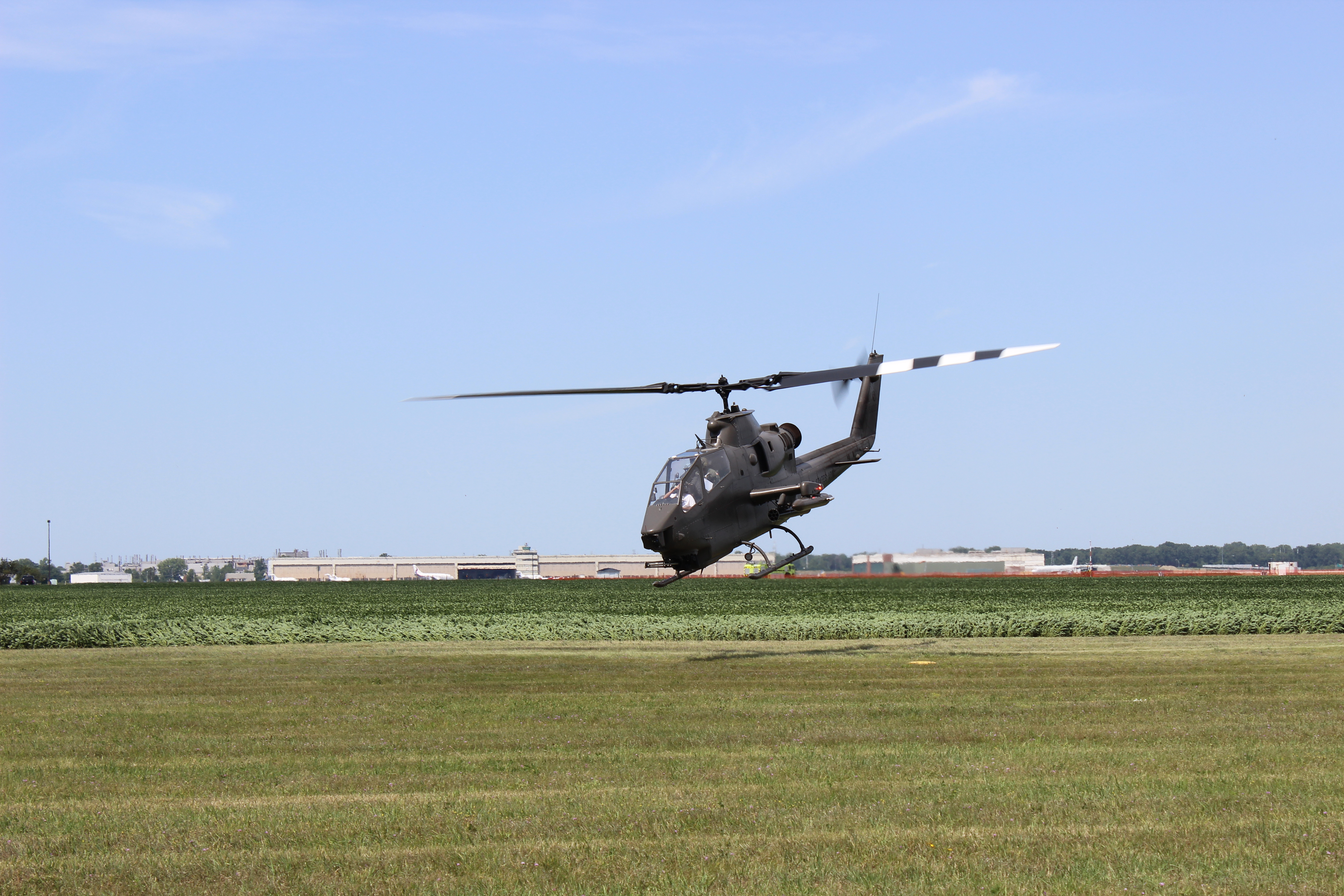
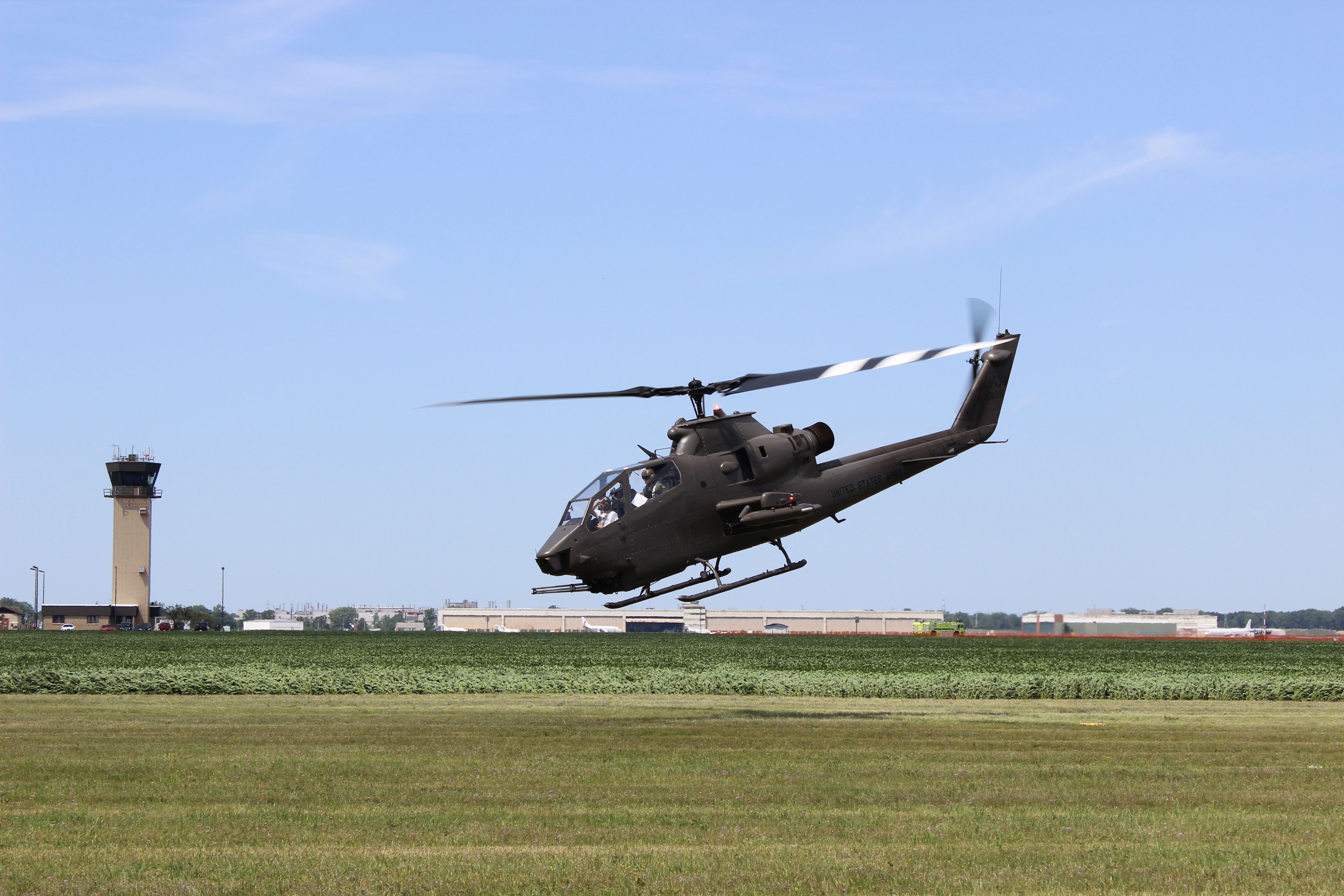
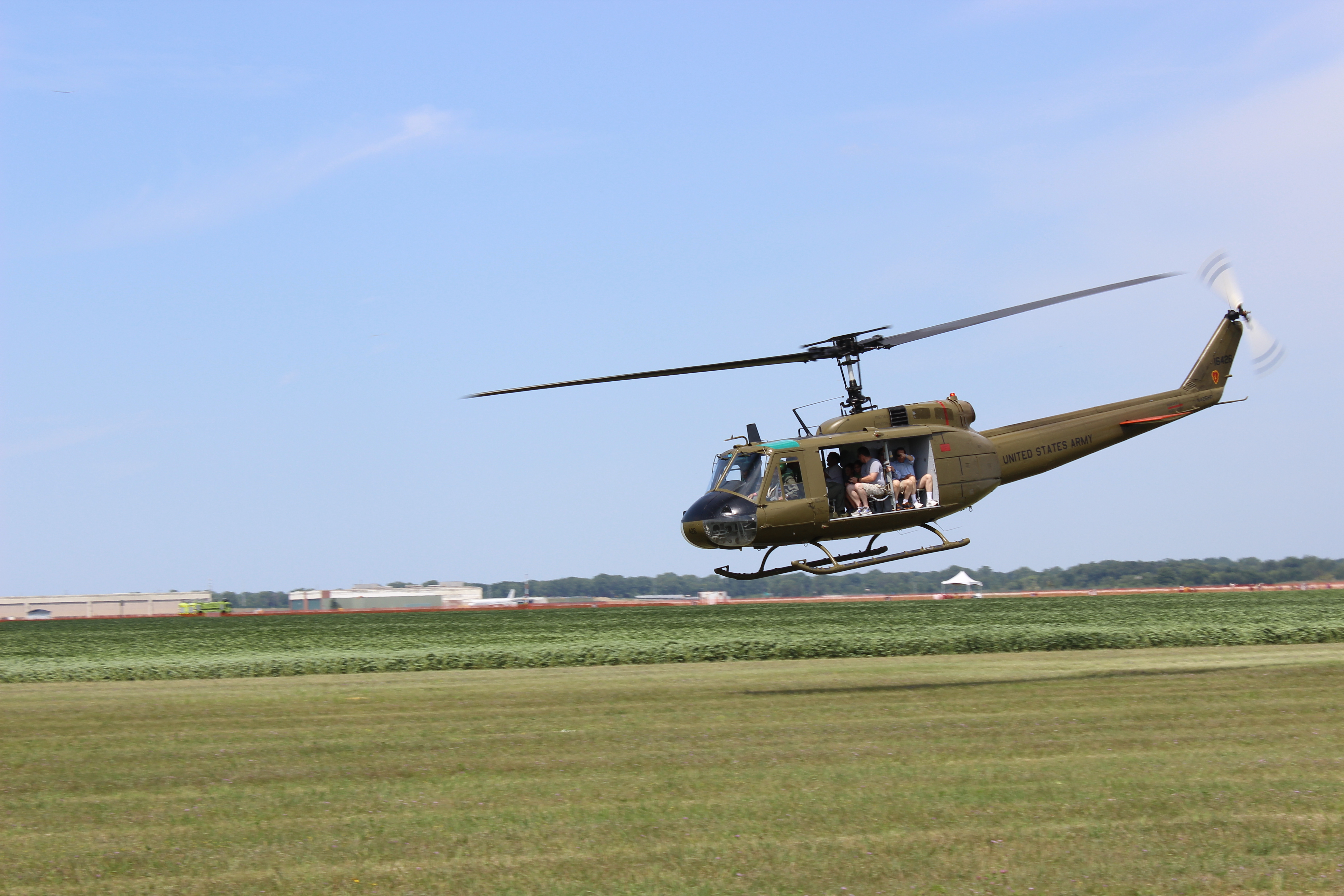
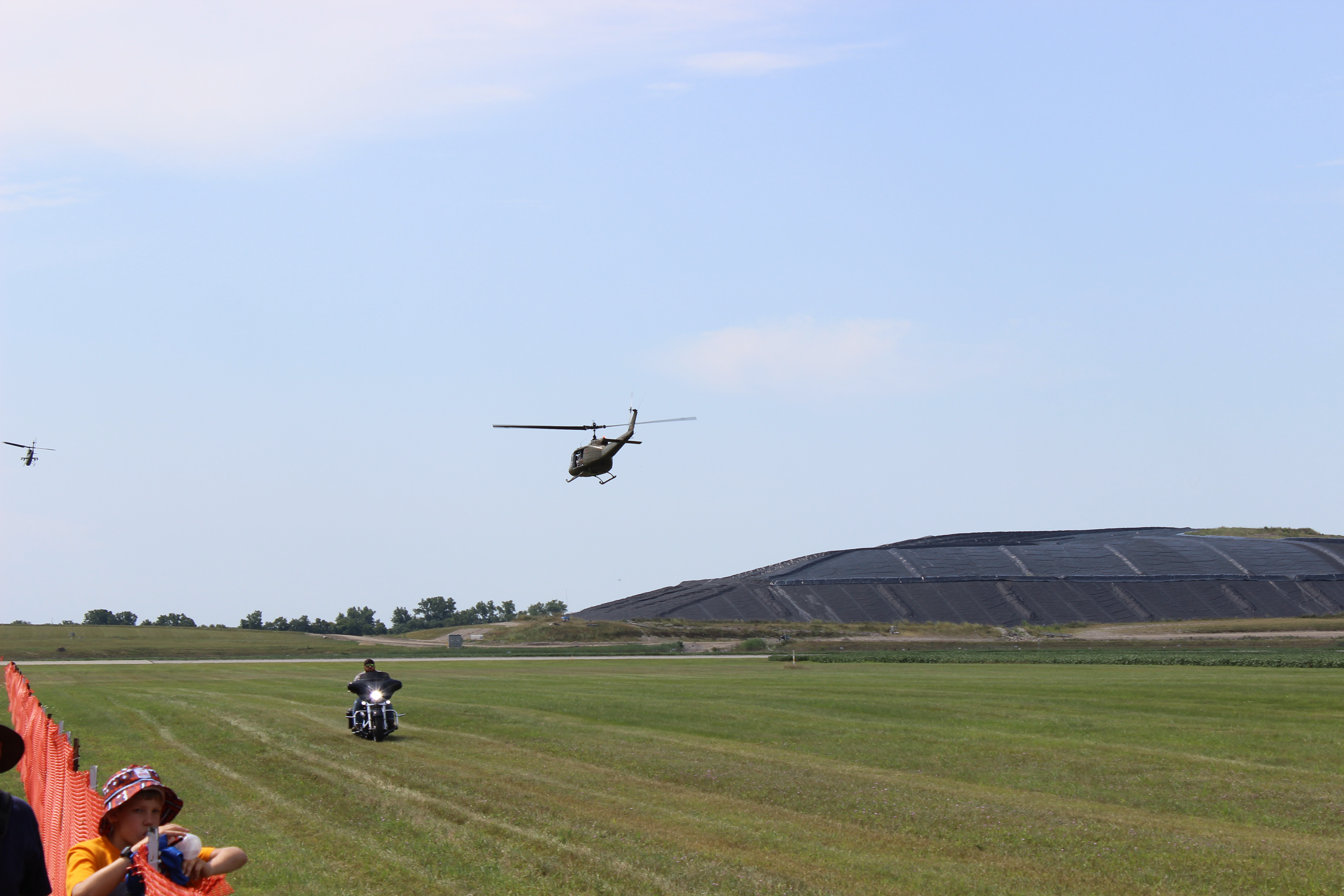
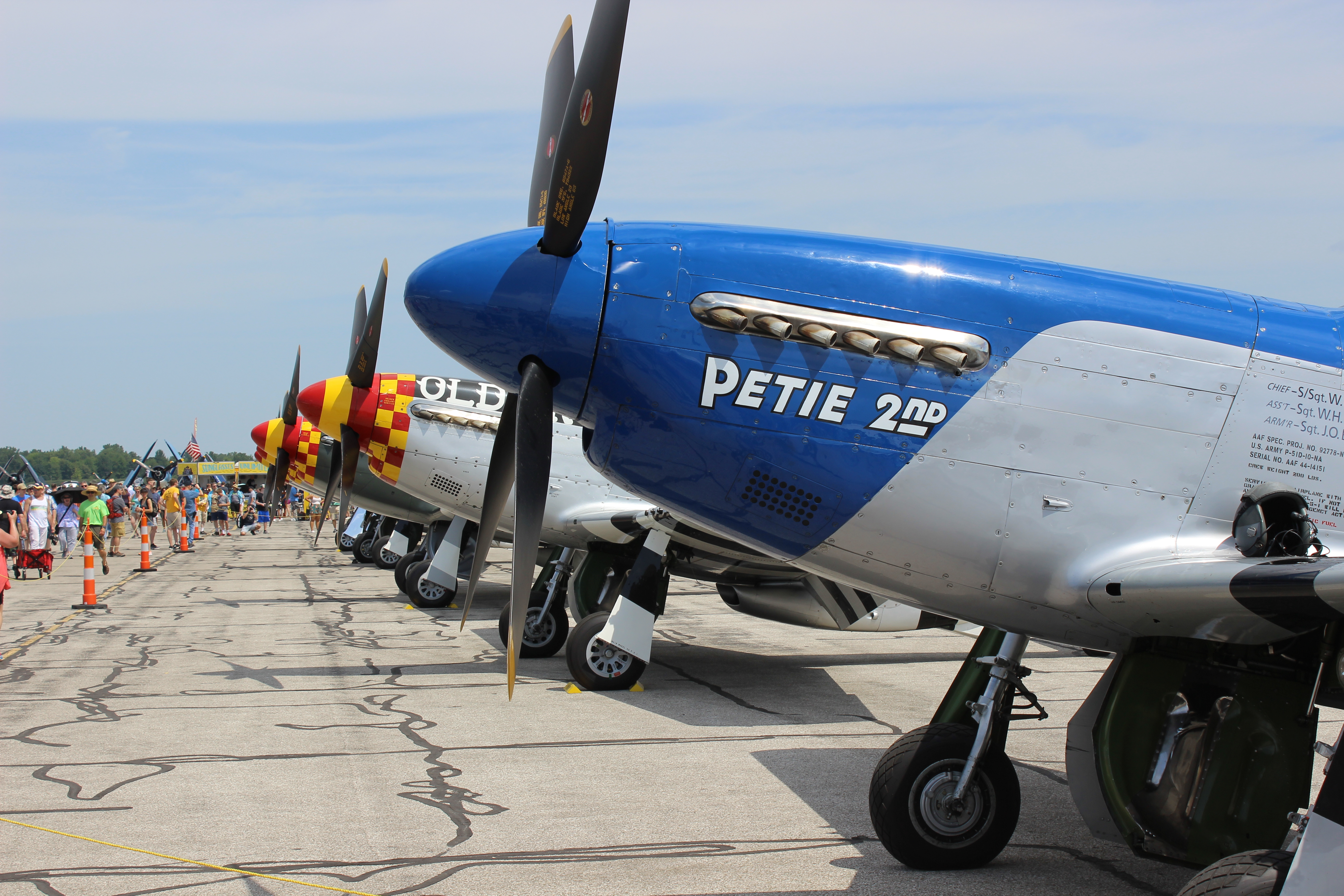
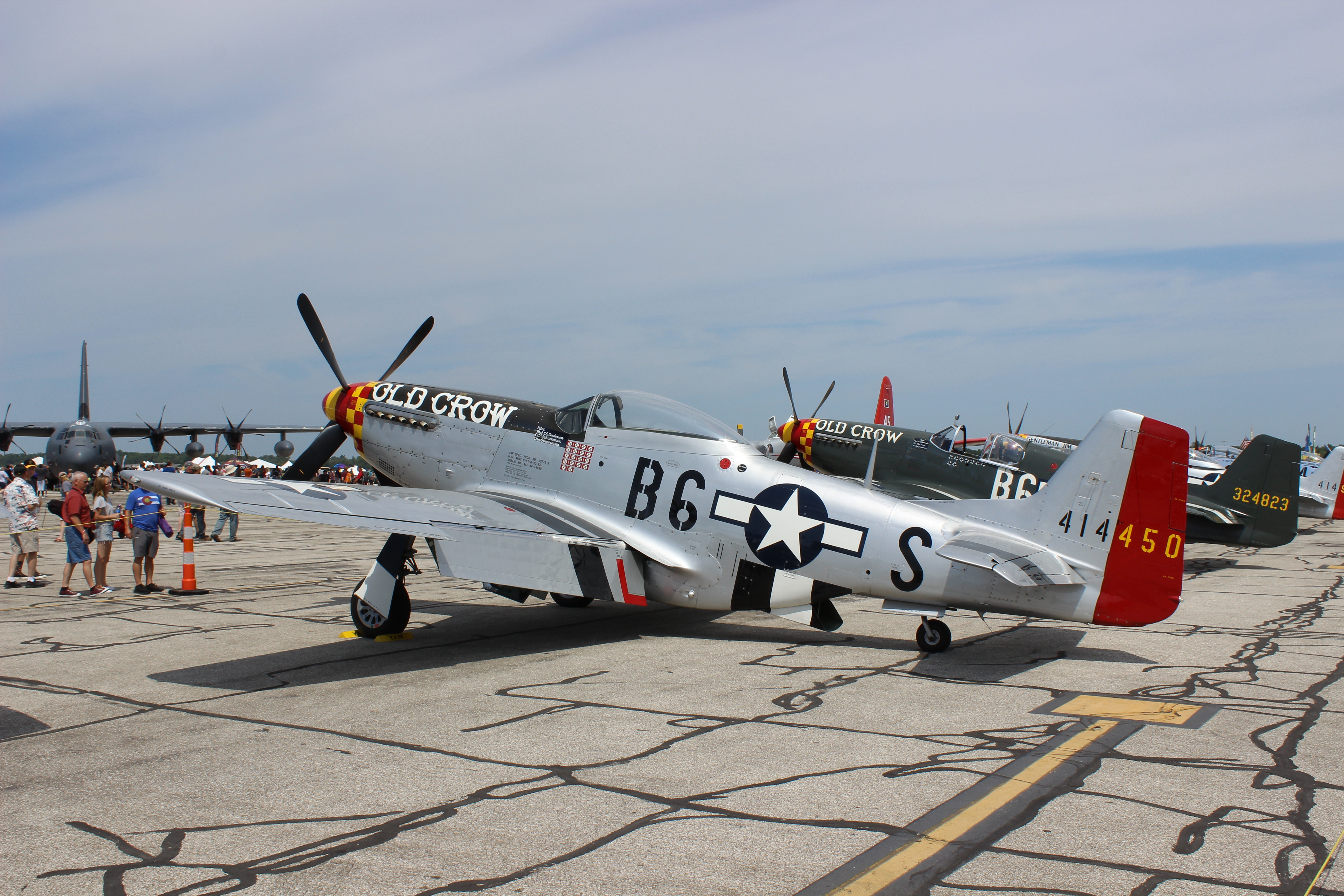
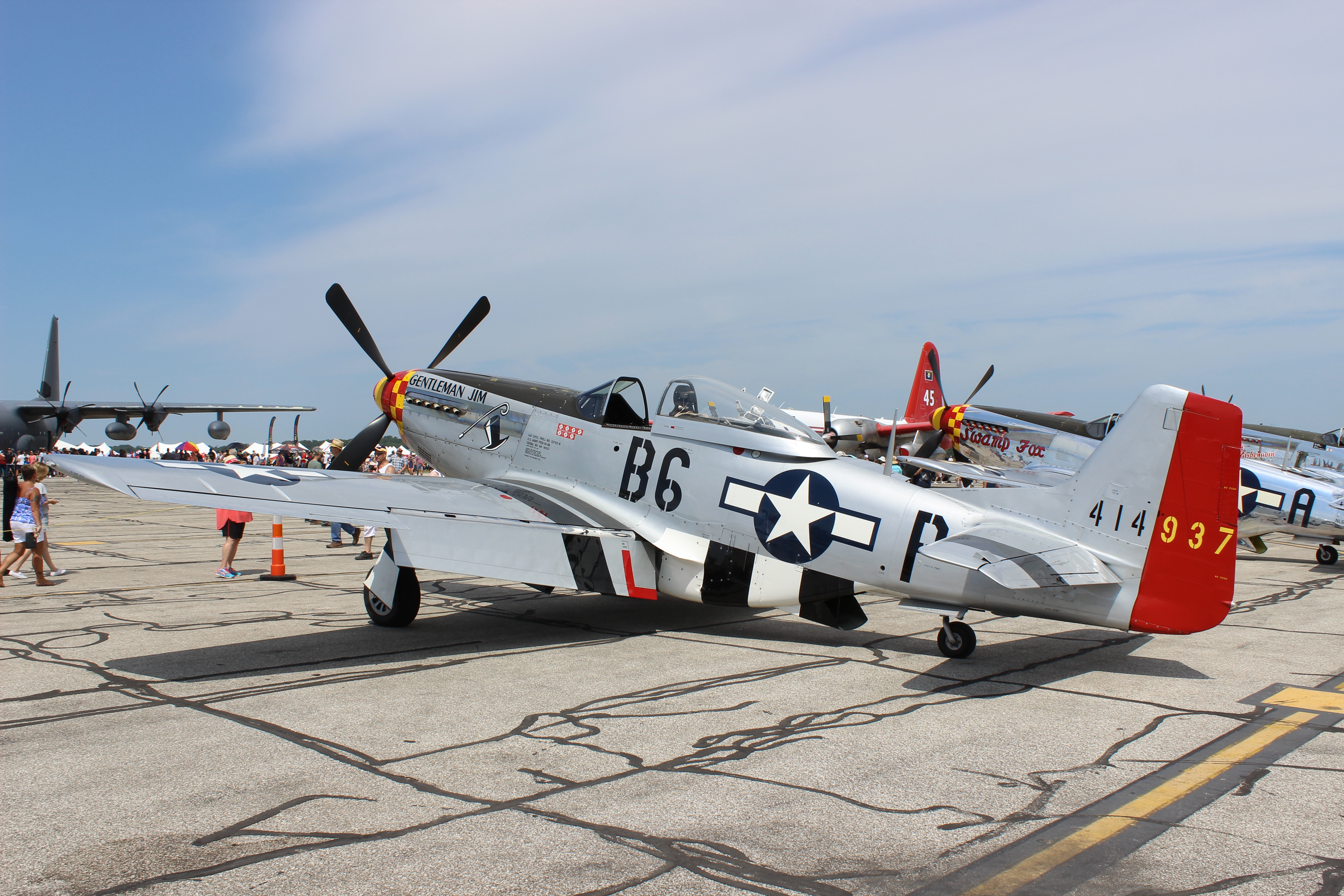
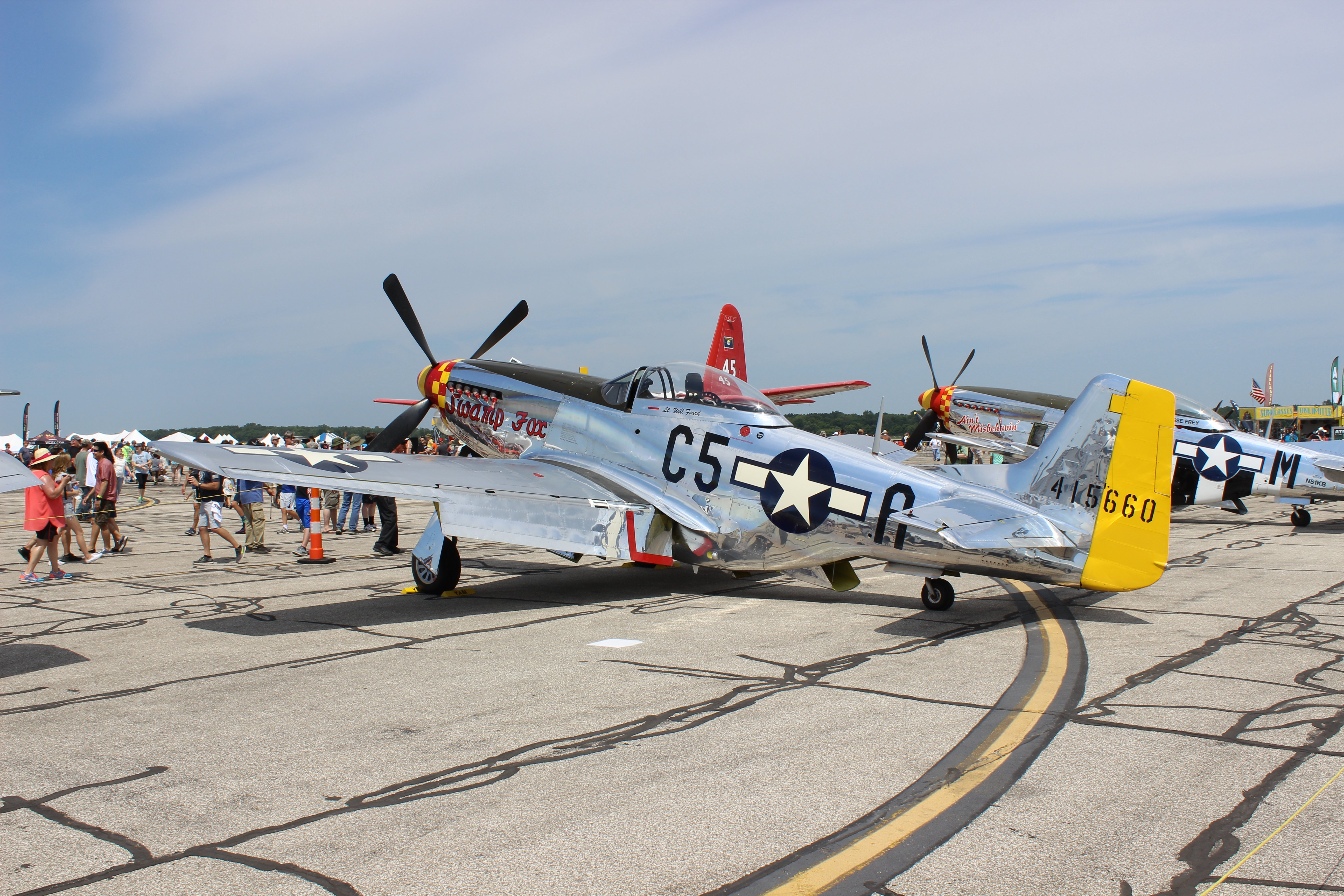
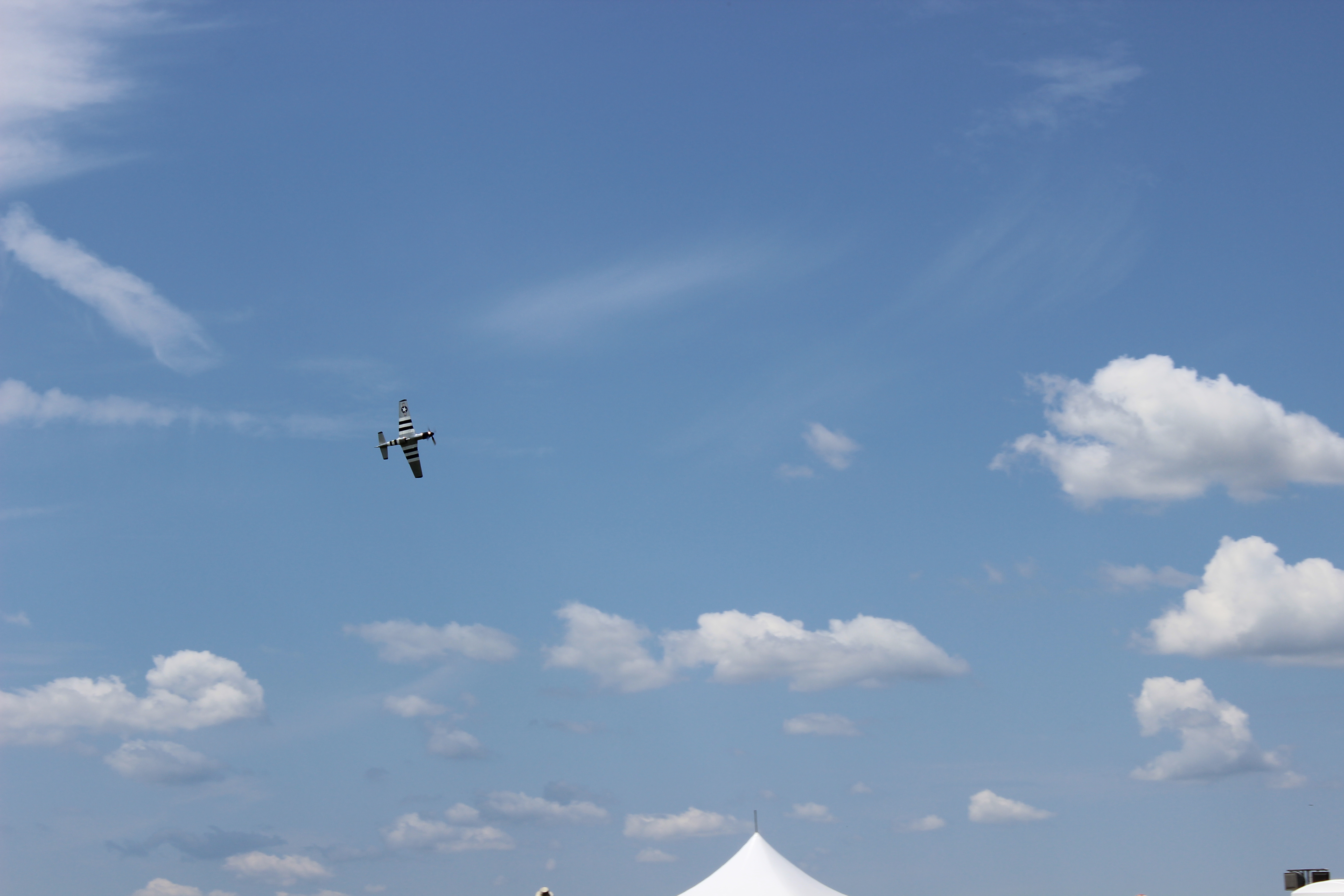
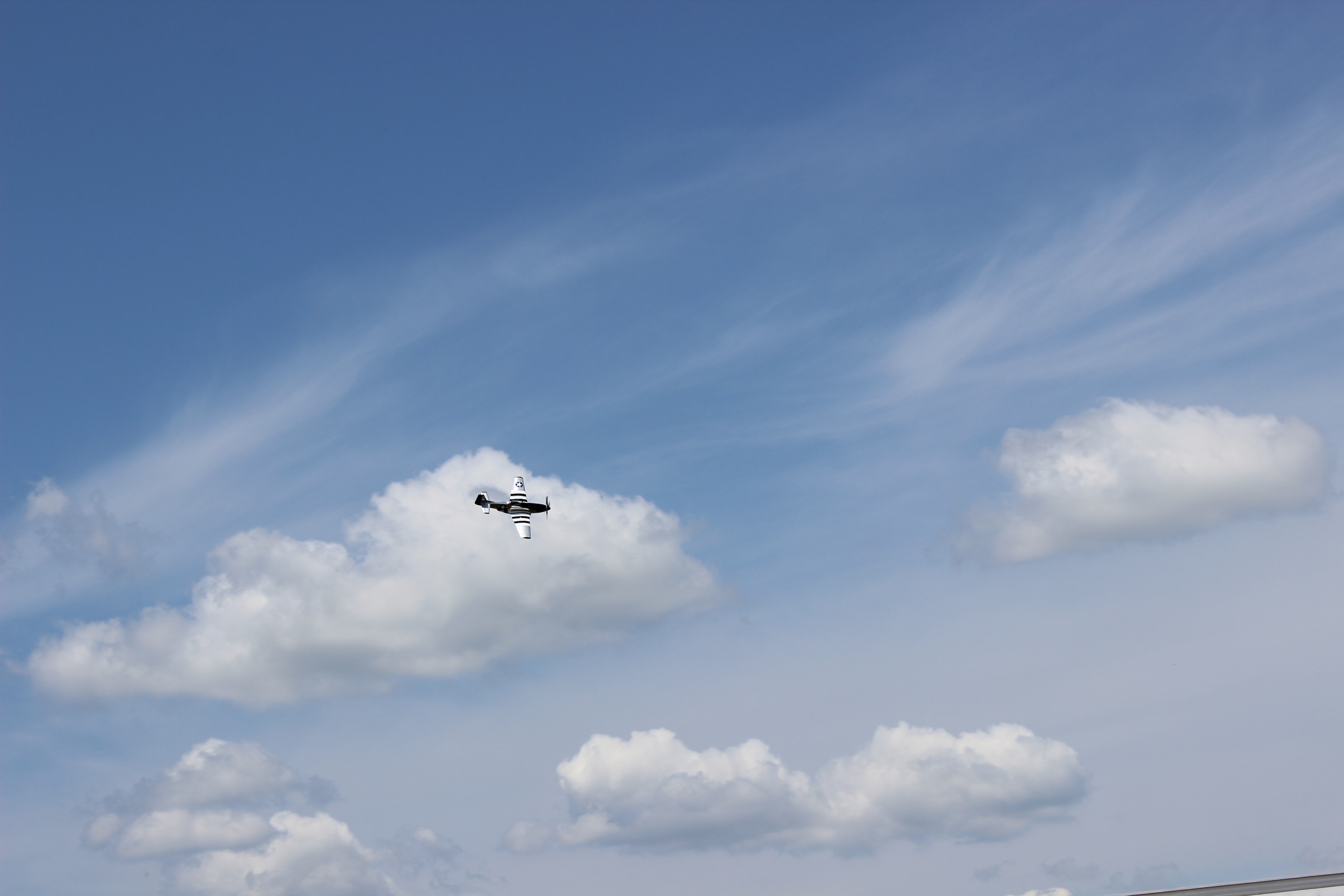
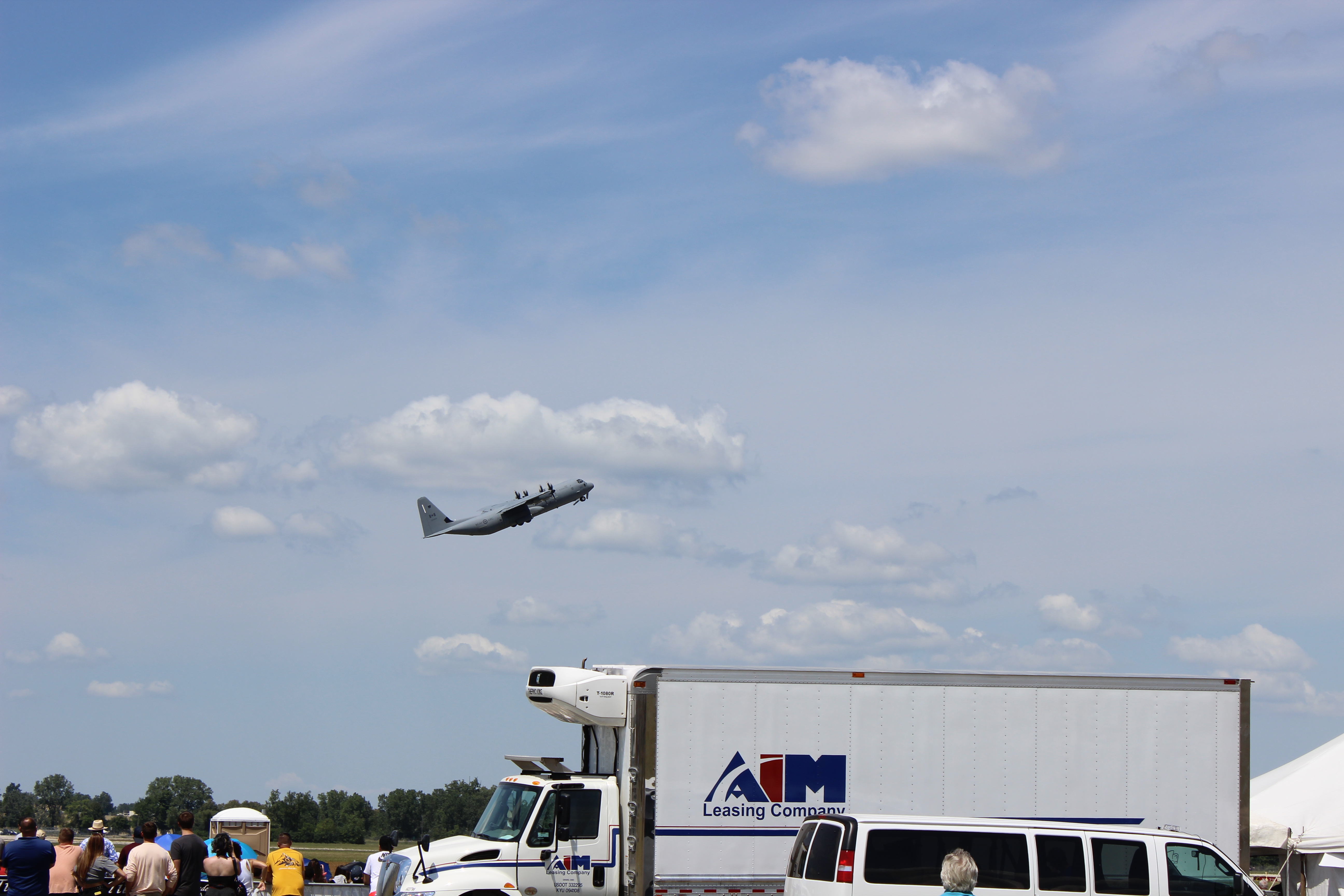
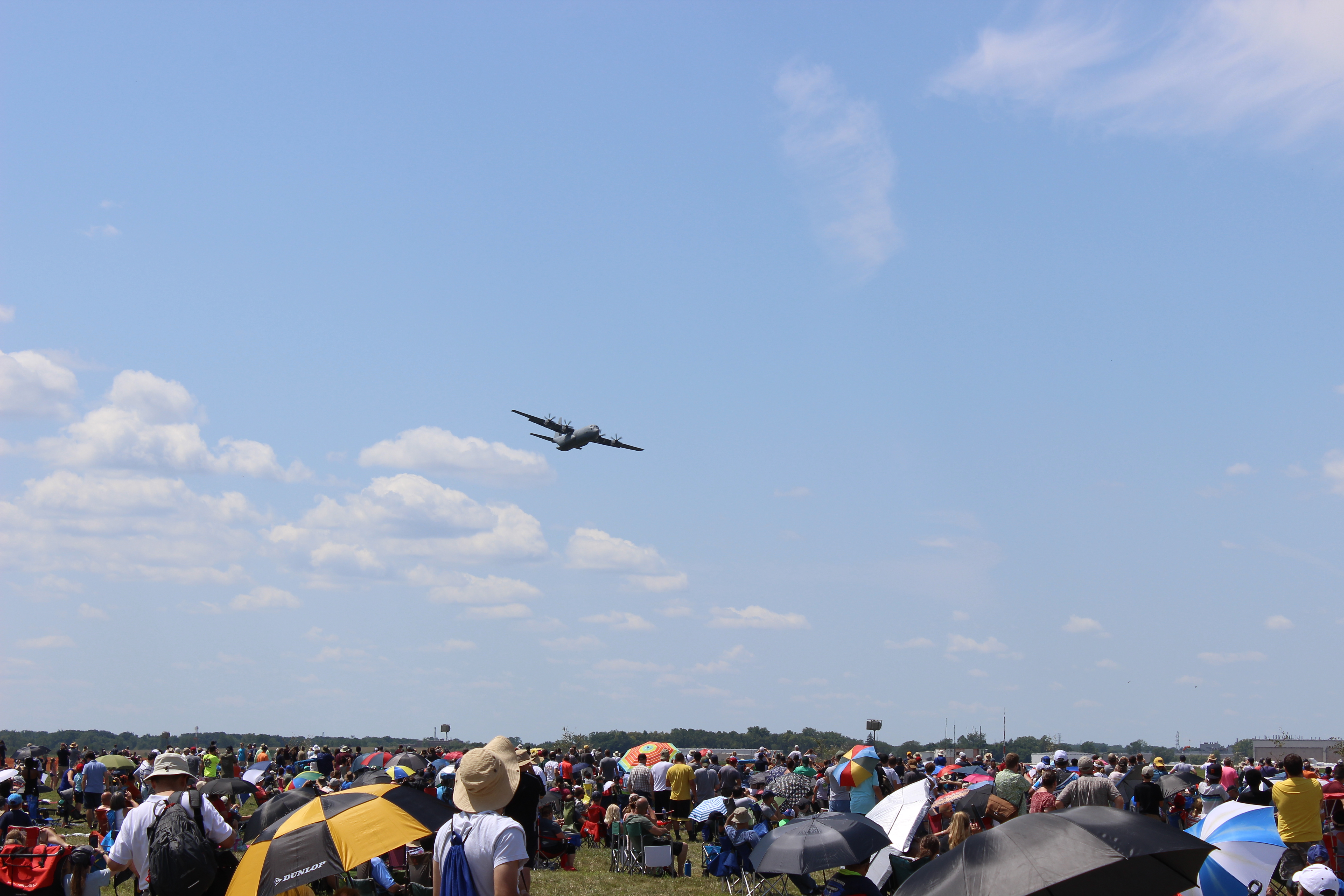
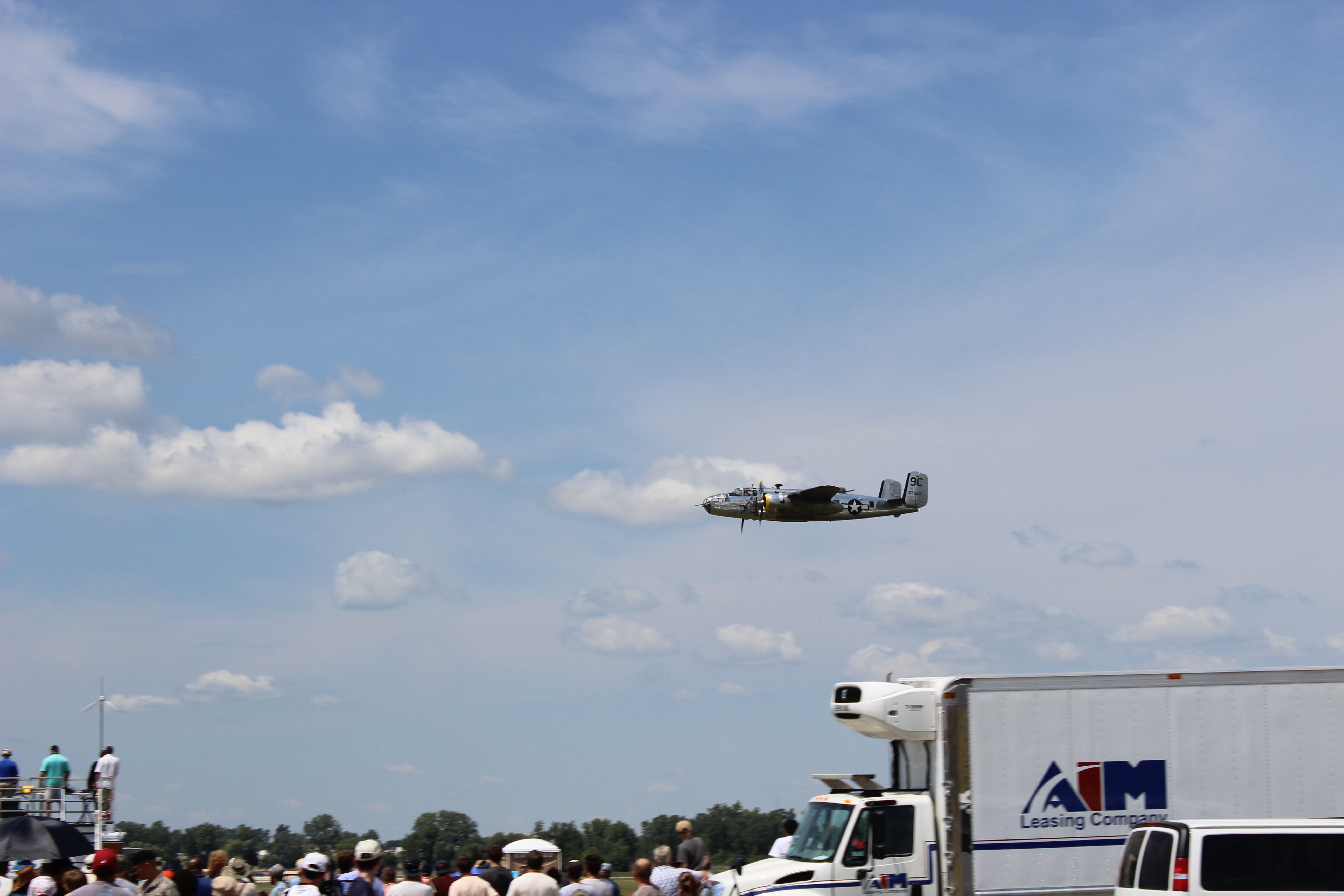
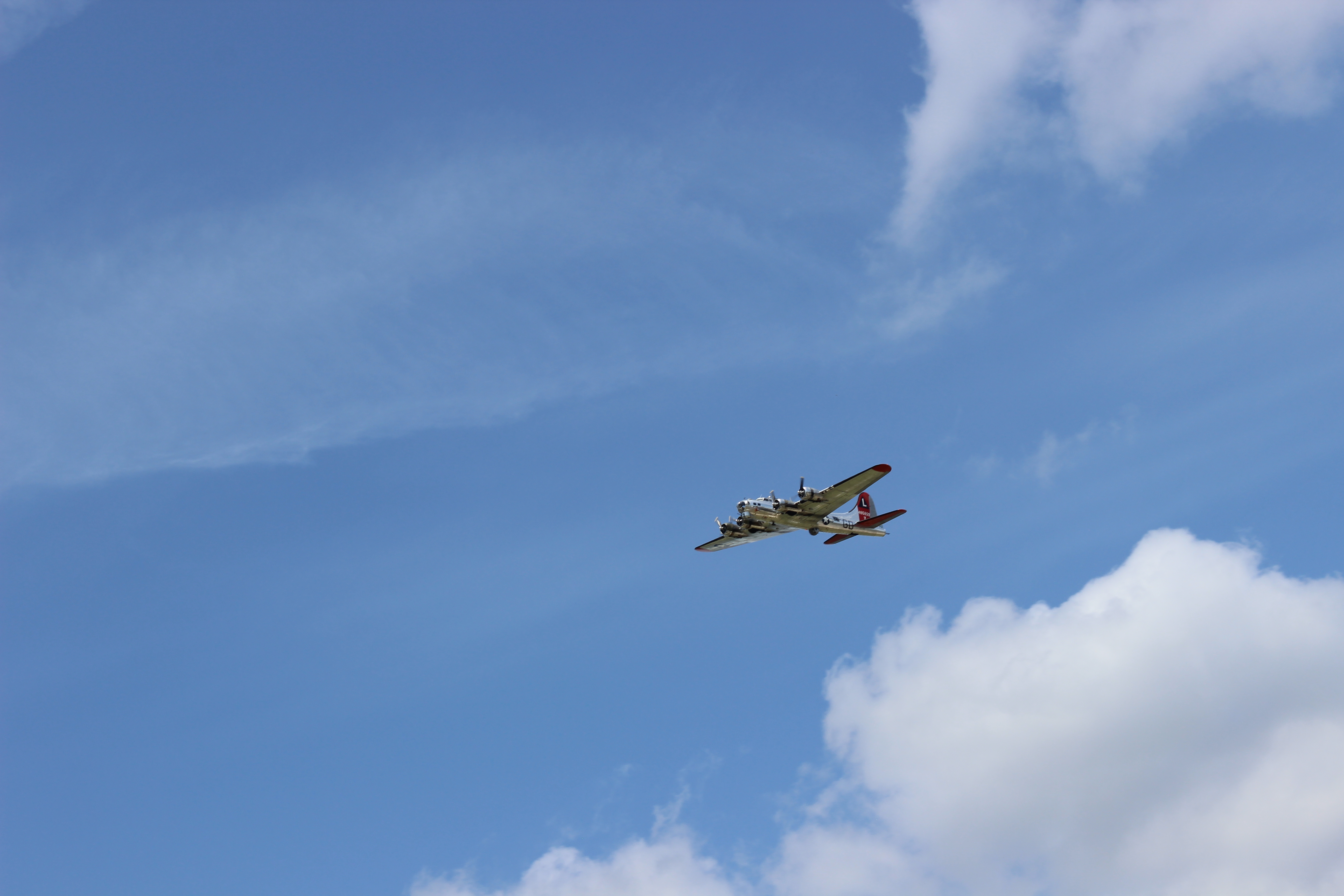
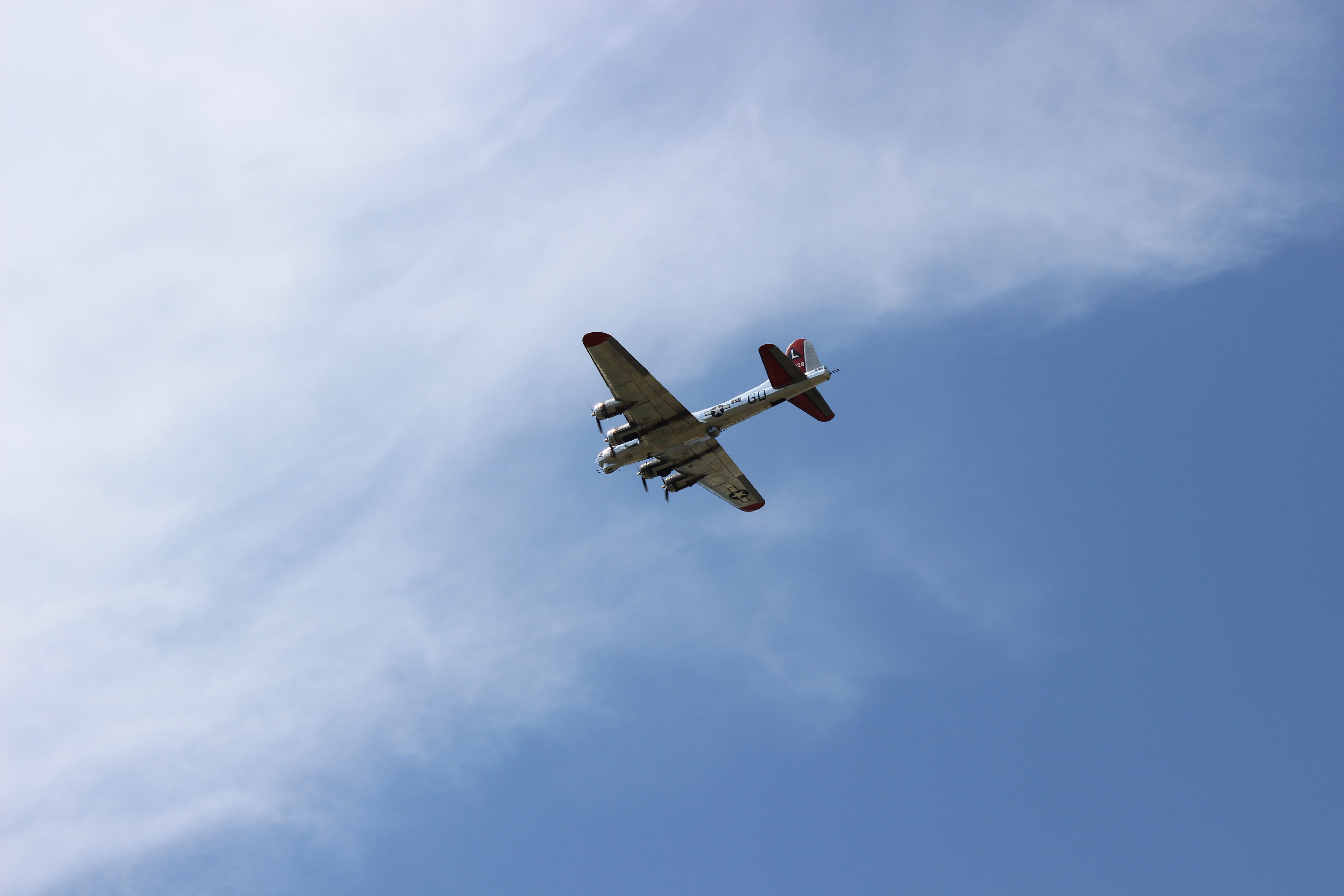
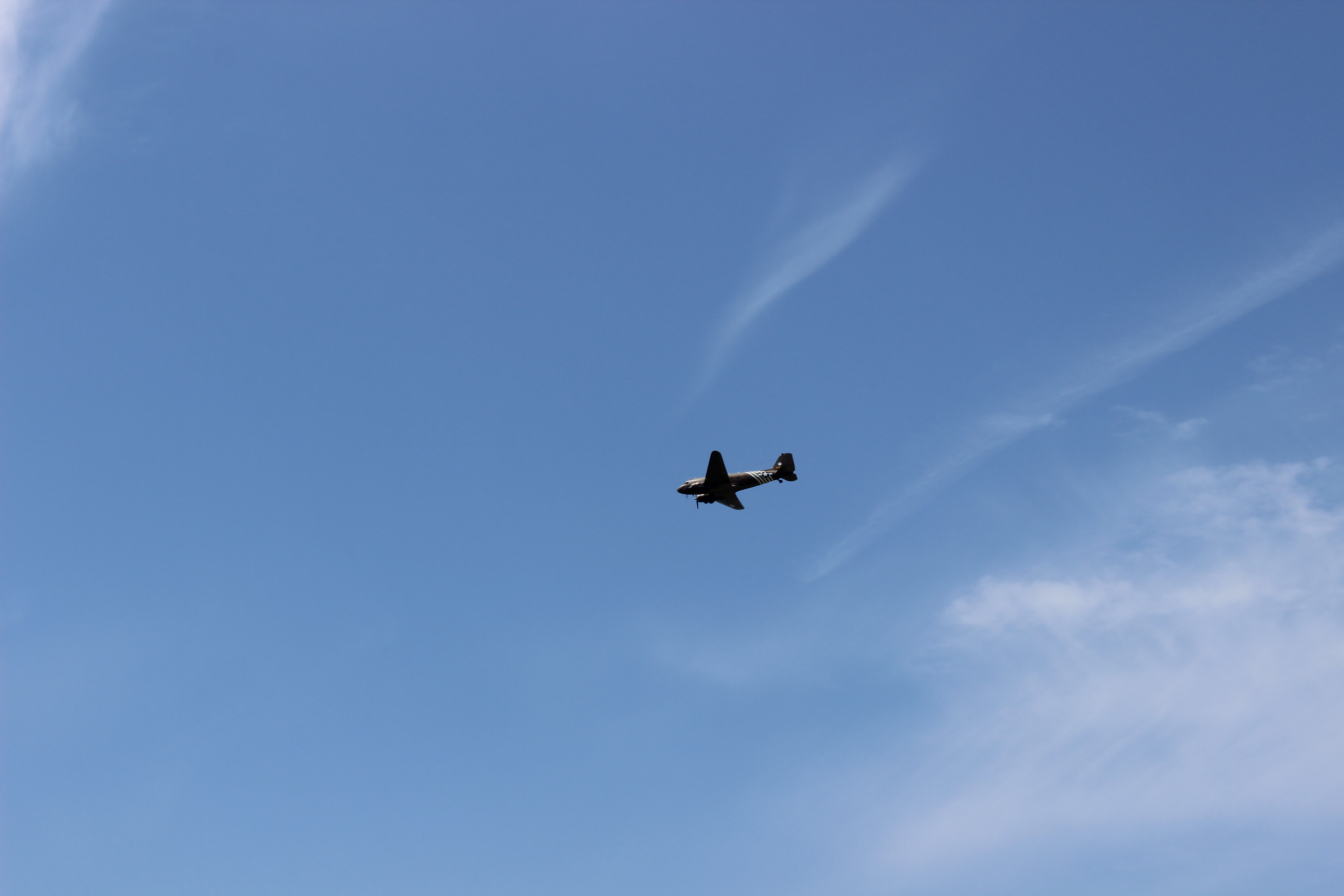
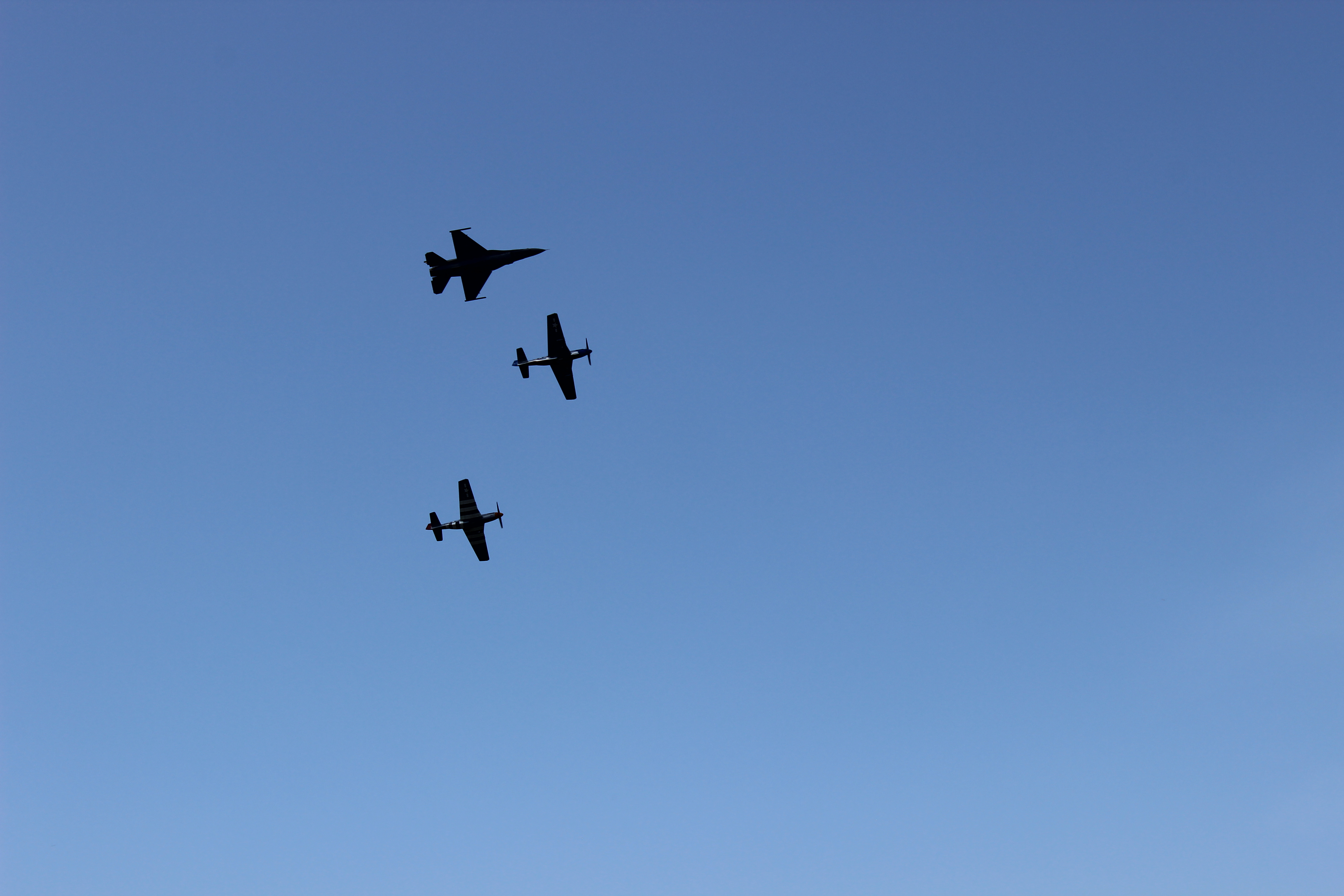

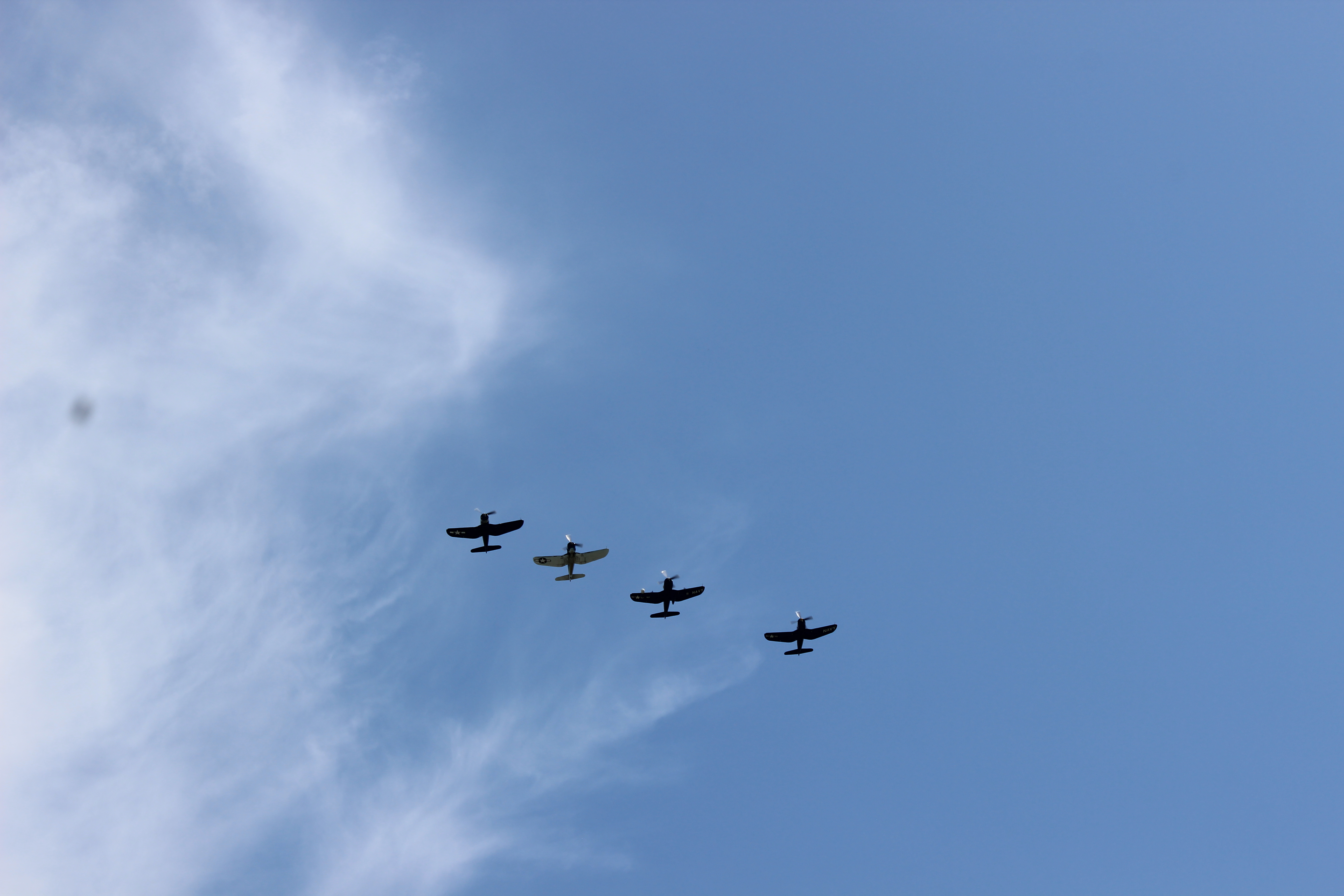
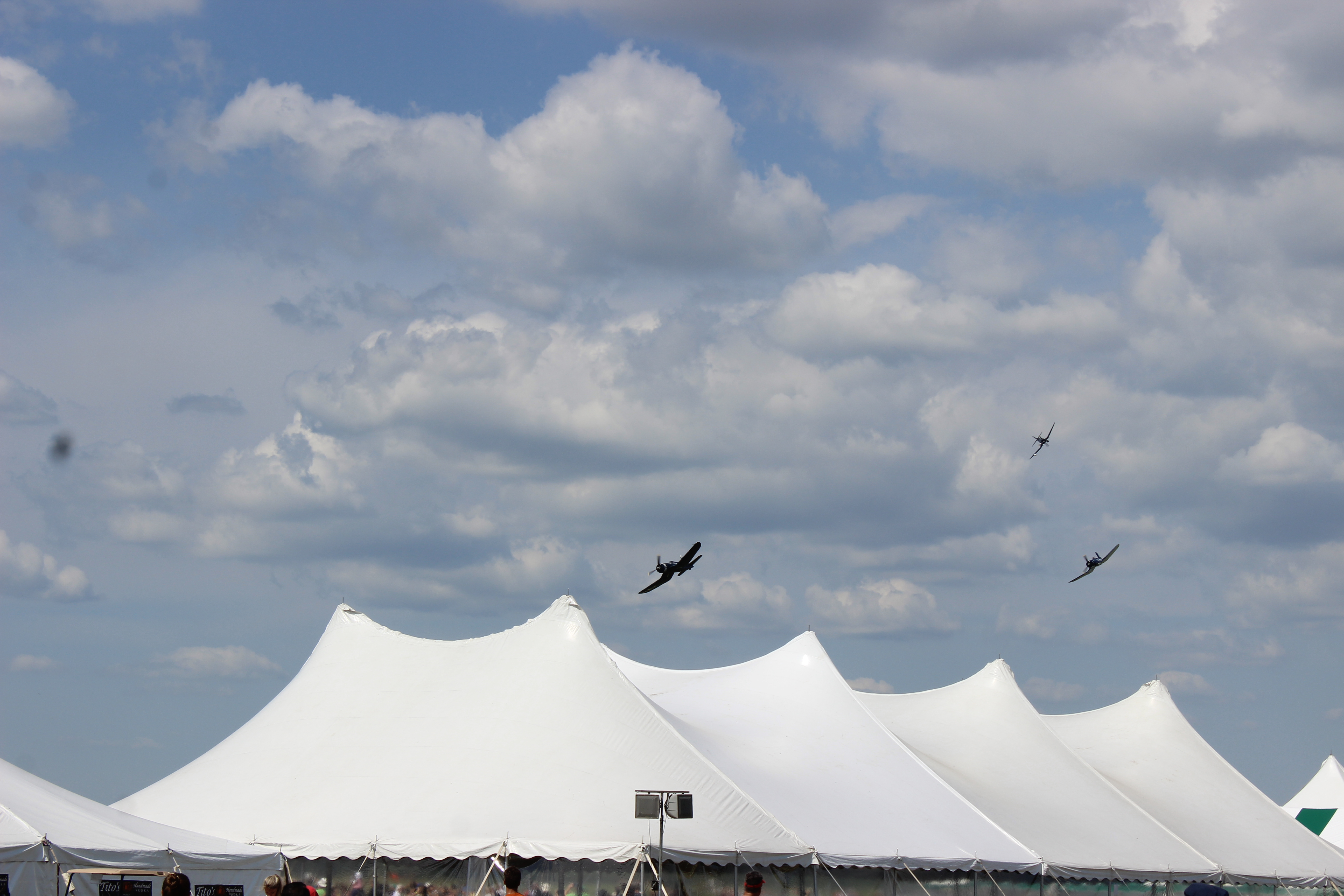
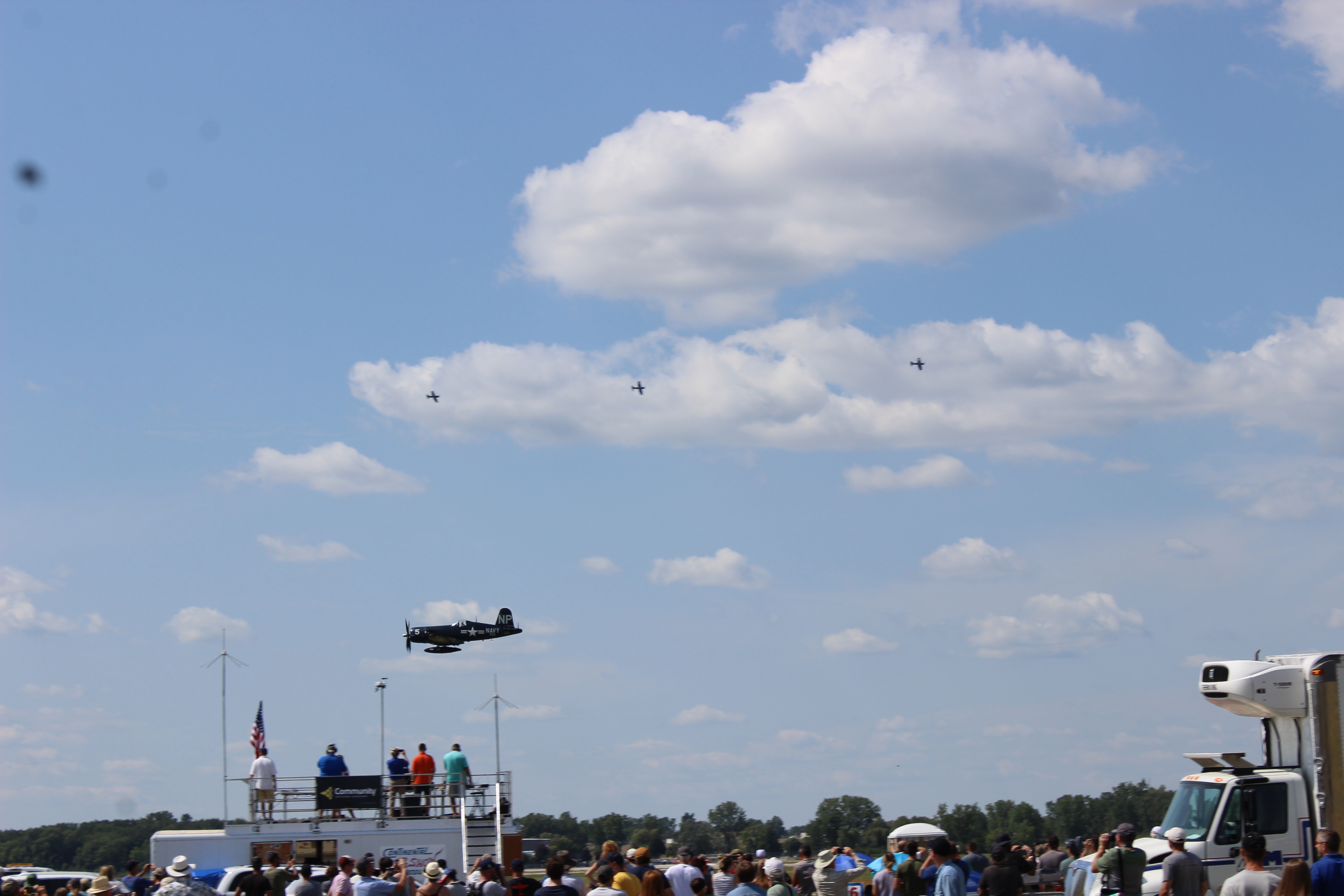

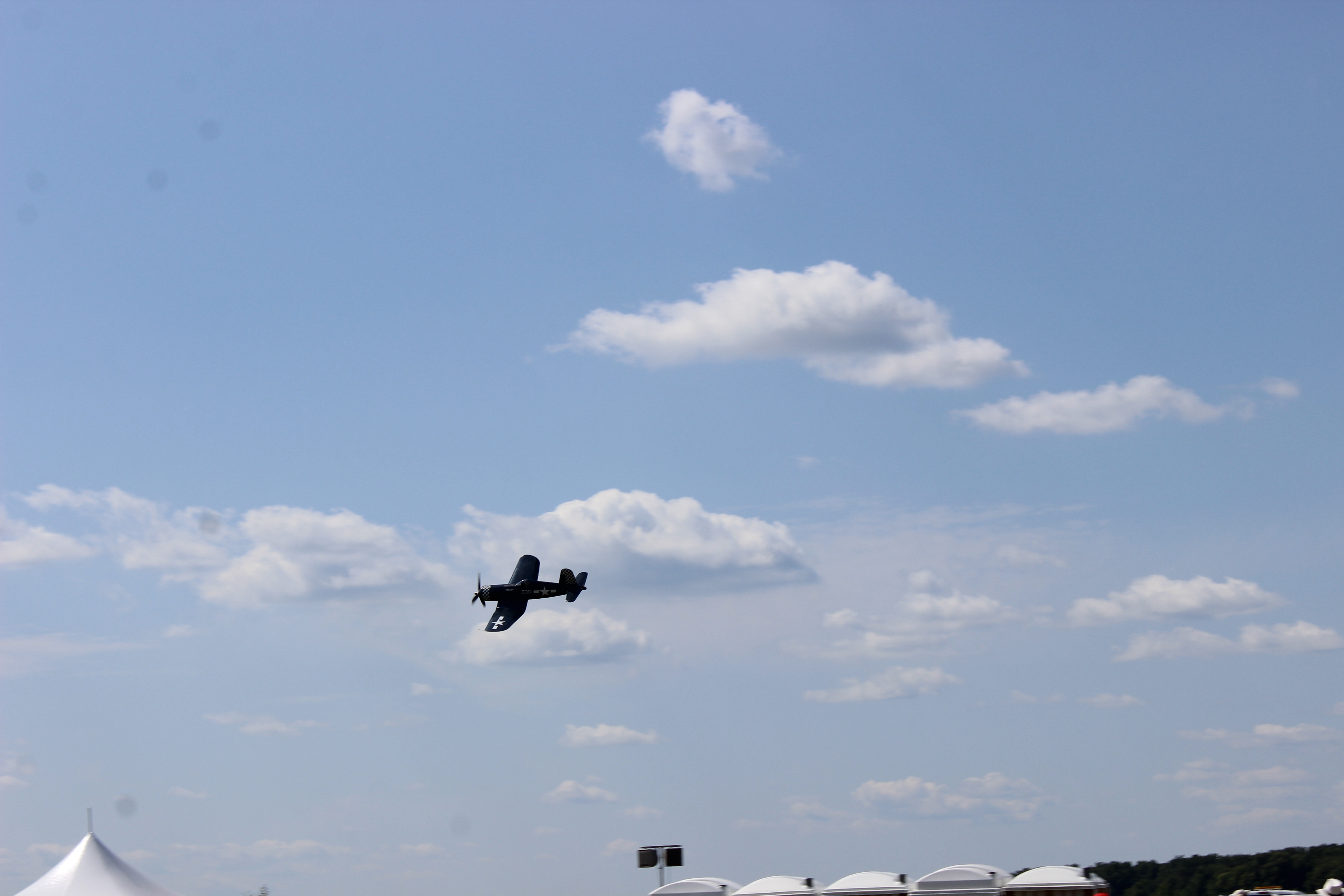
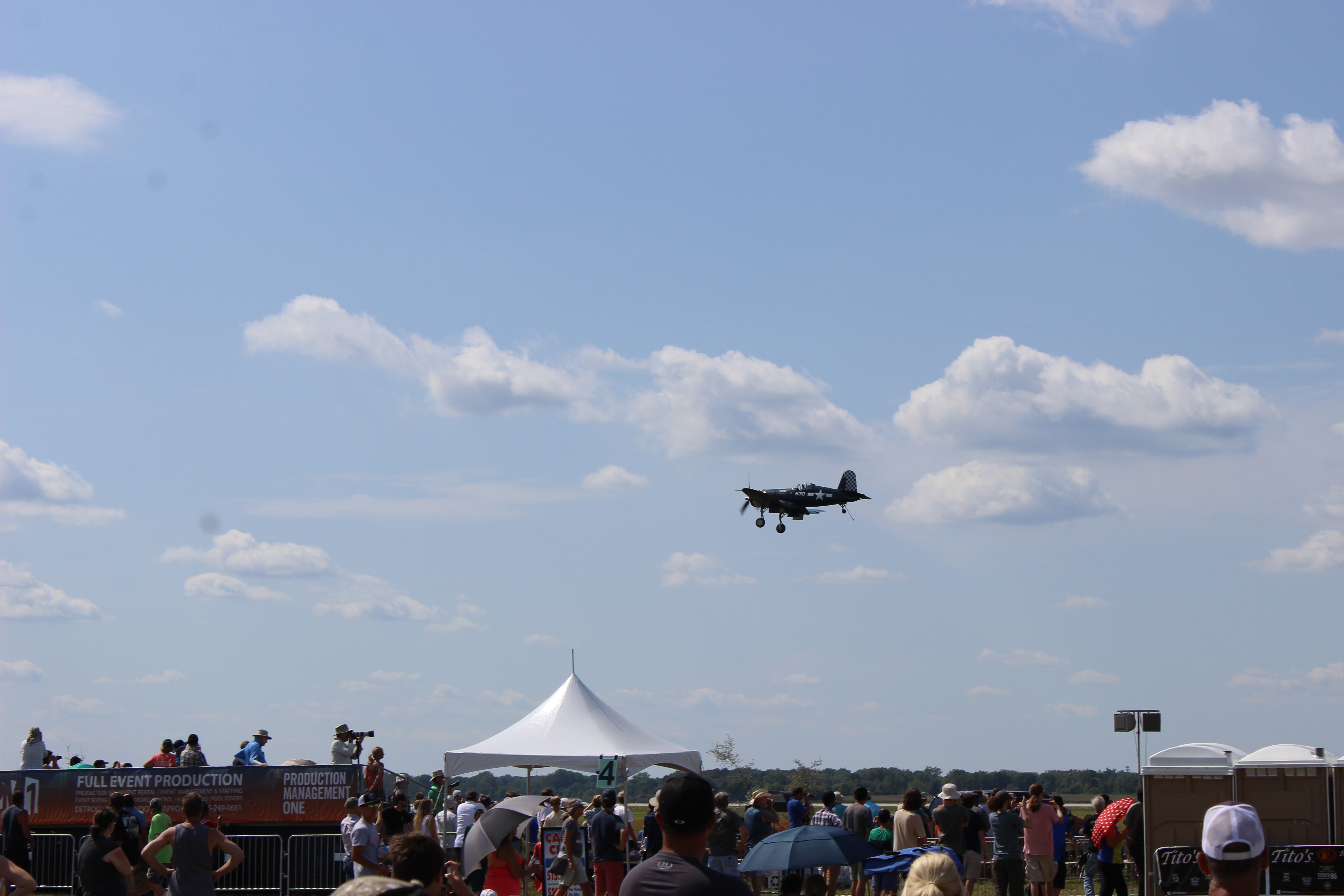
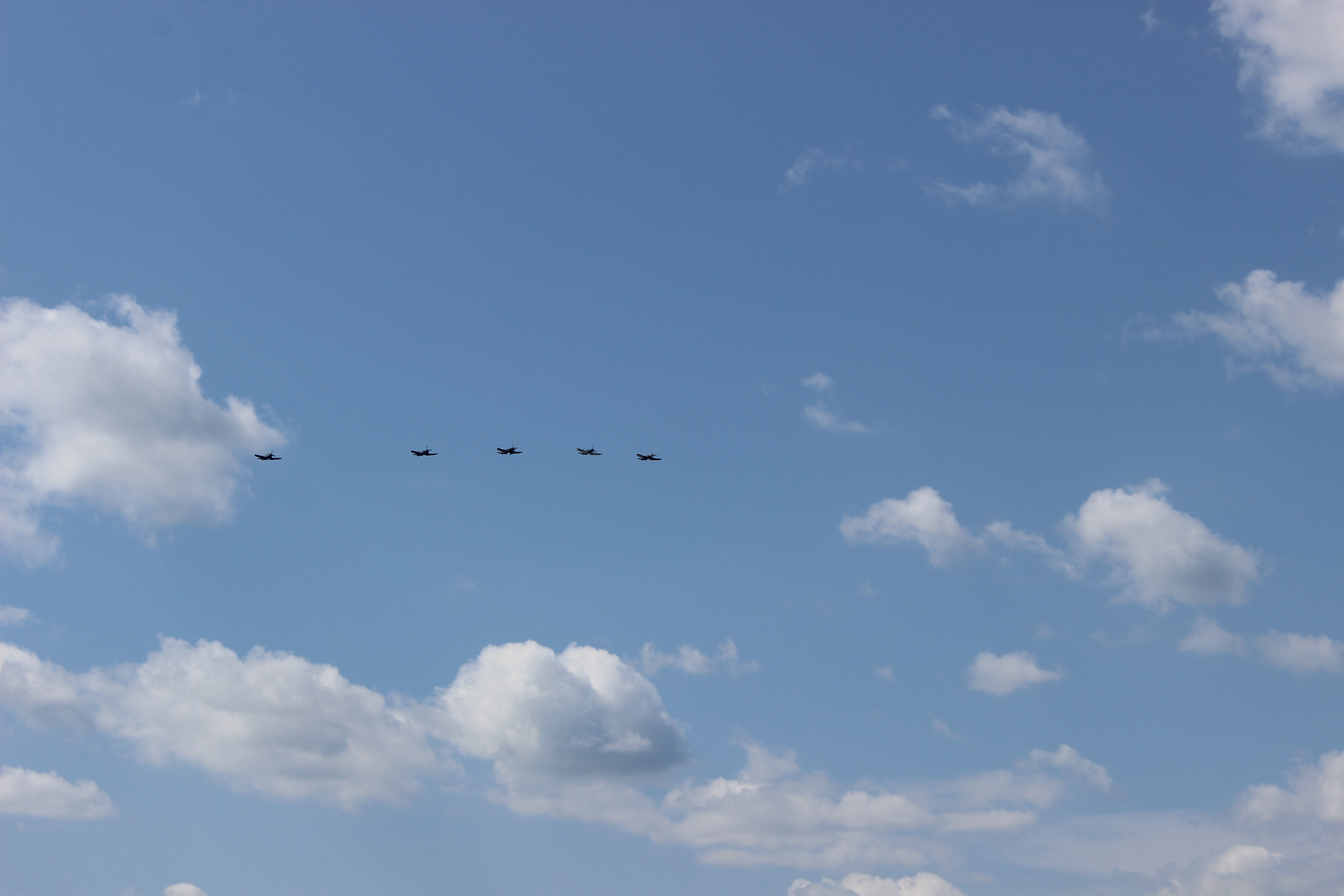

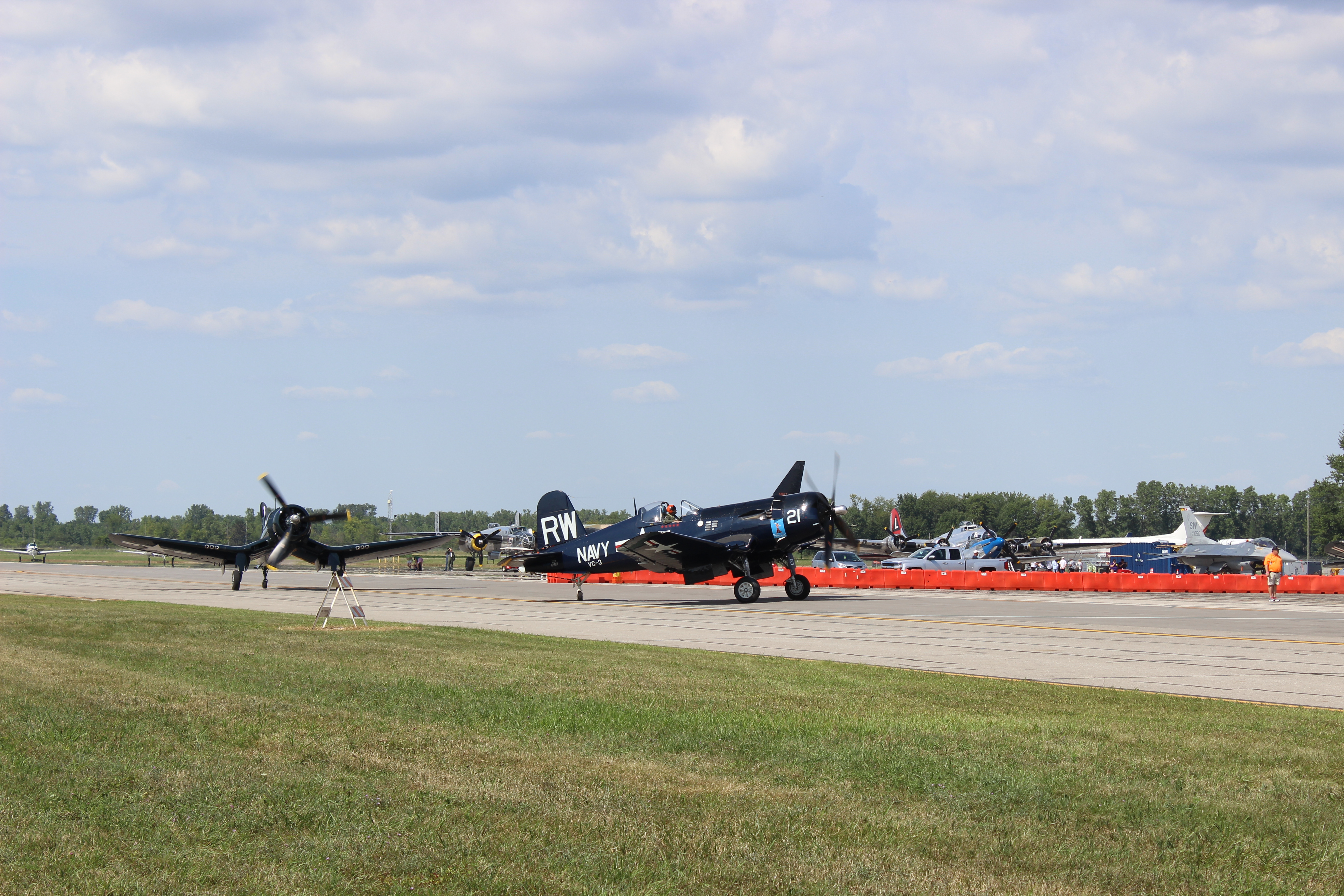
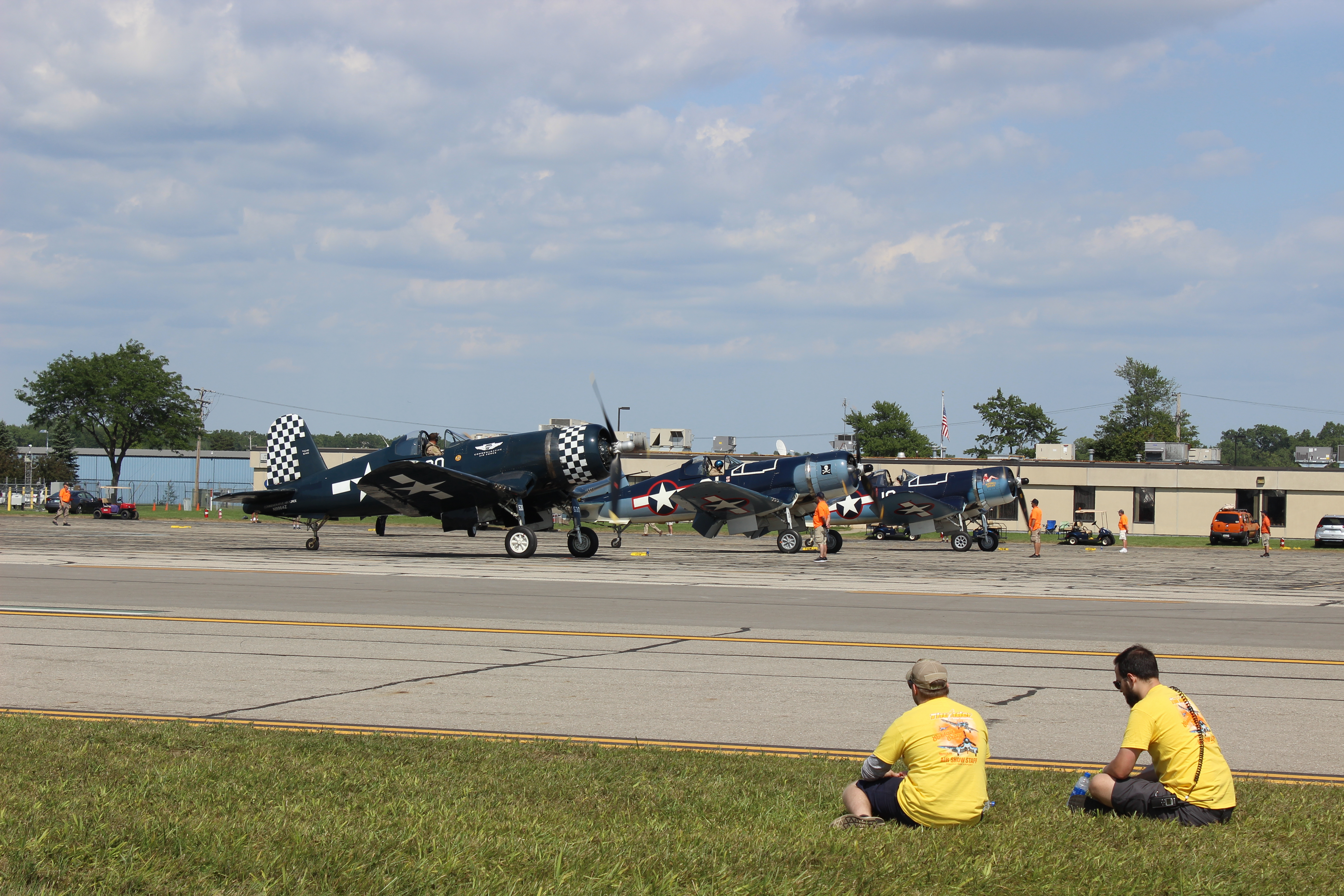
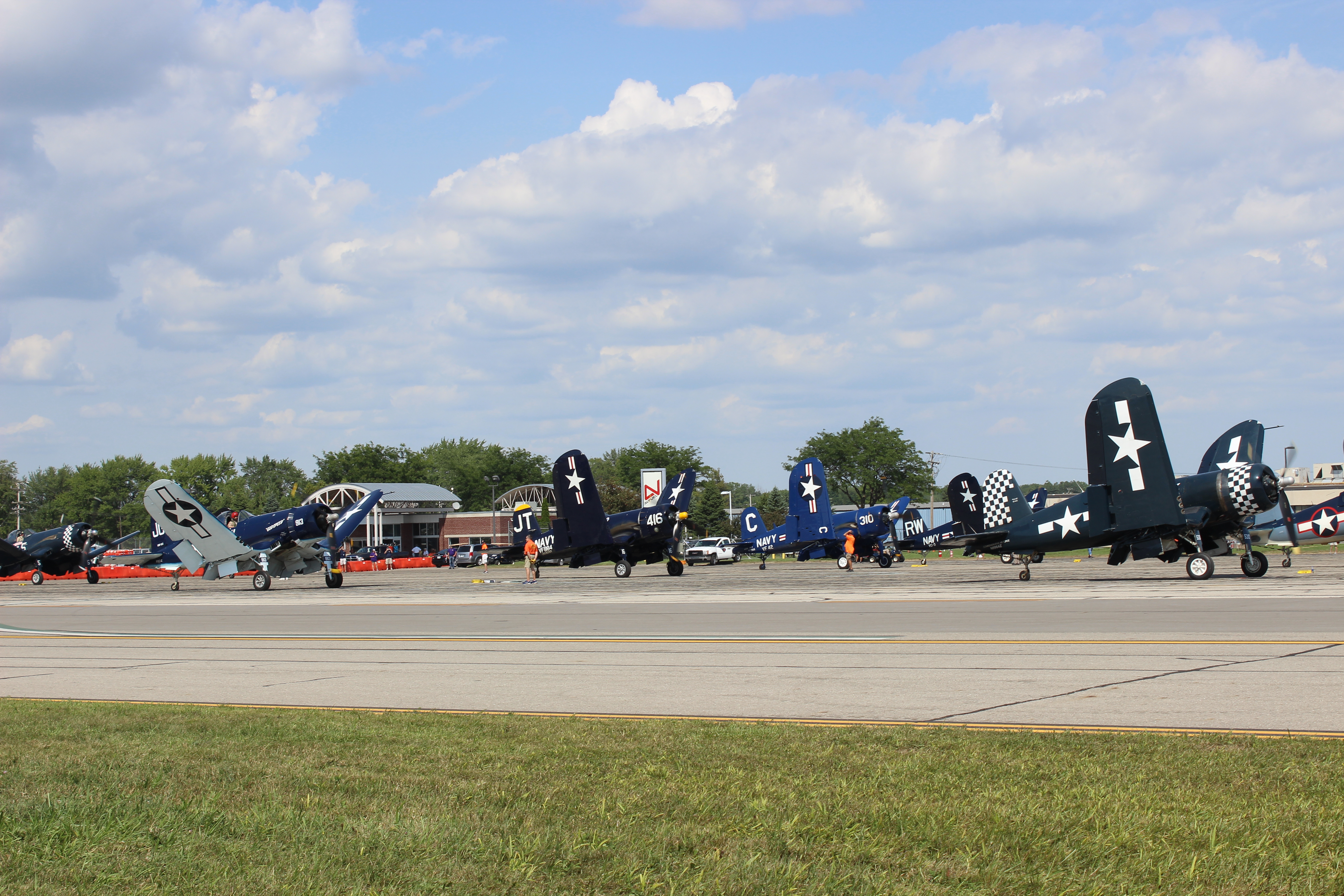
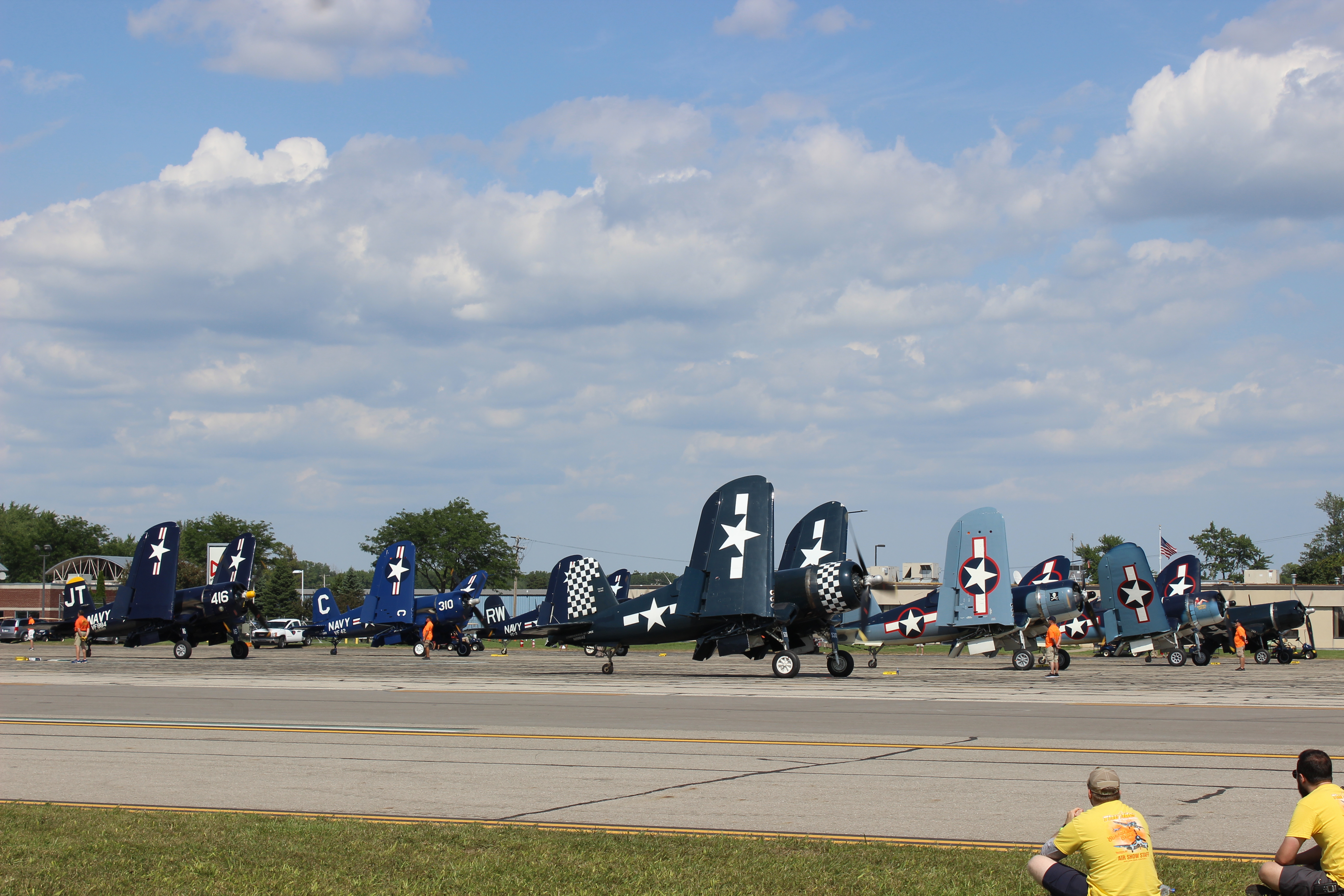


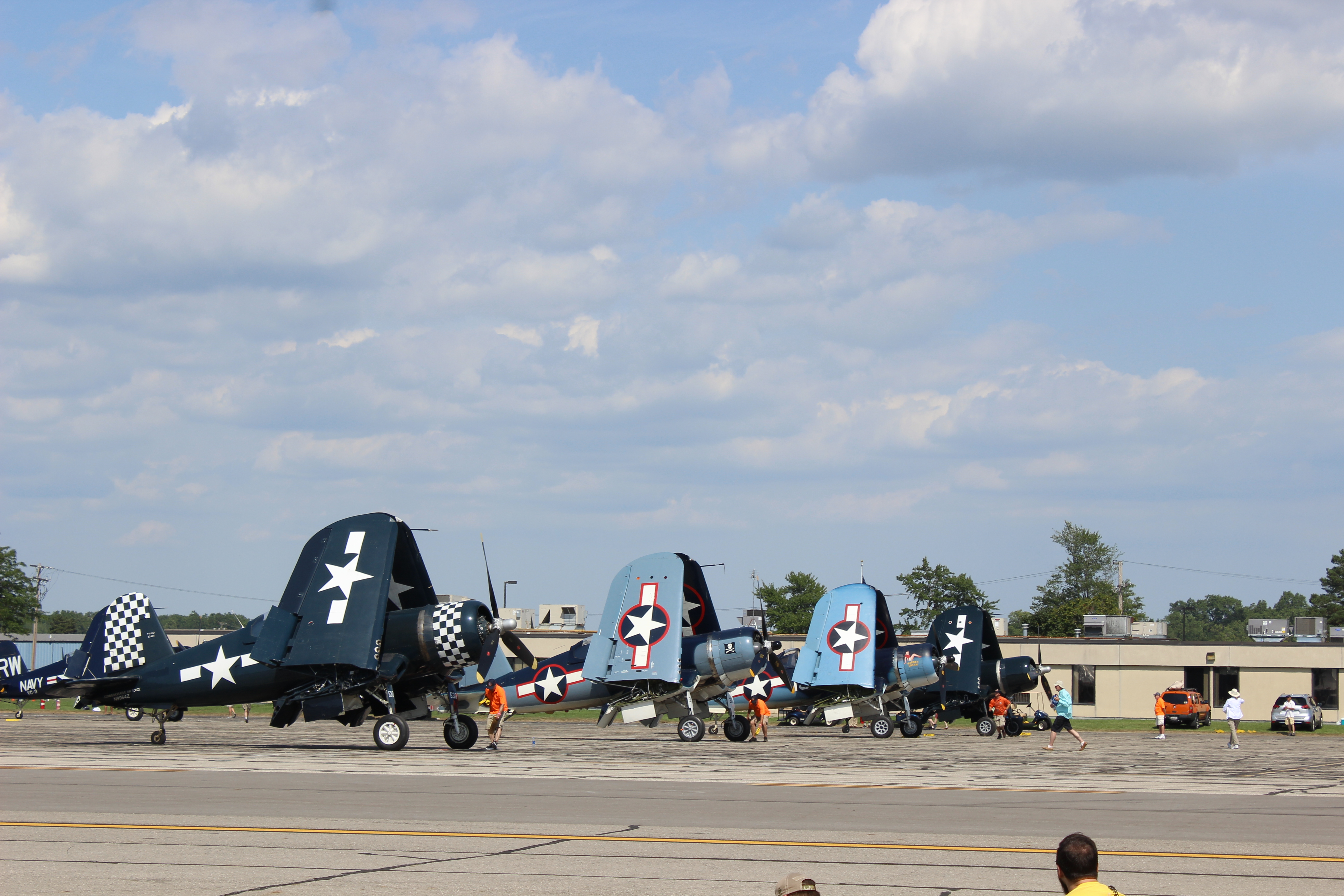
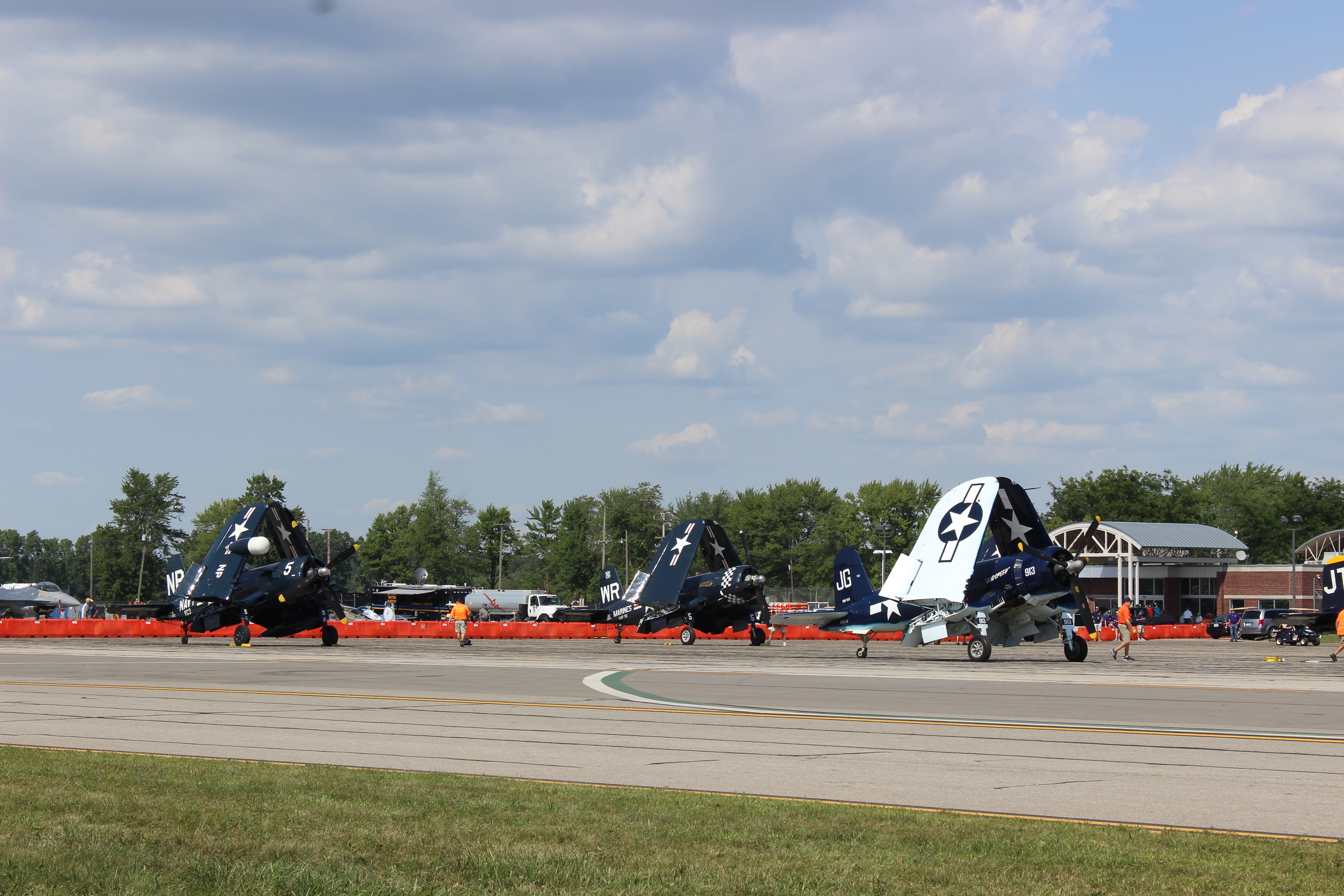
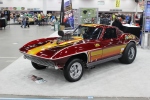
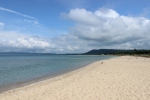
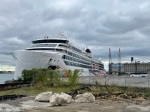
Leave a Reply